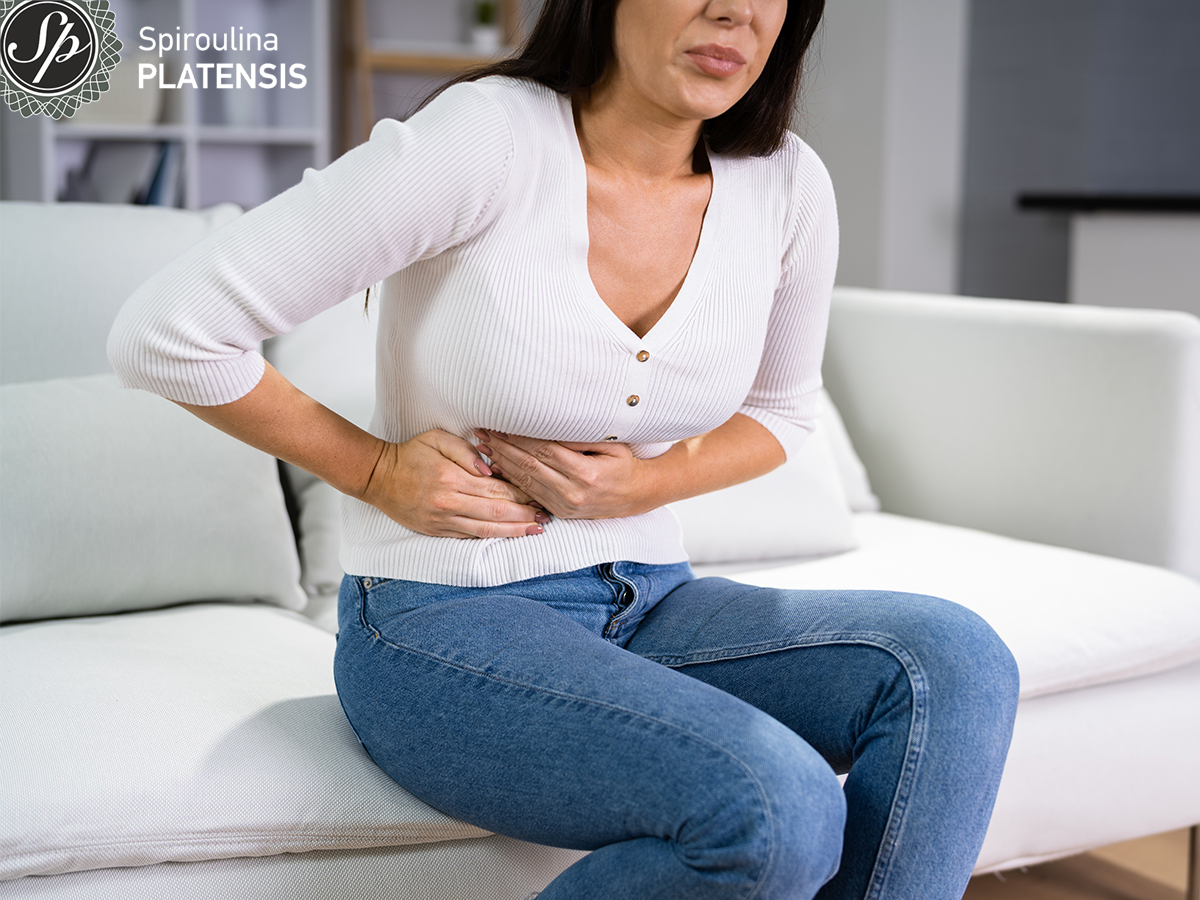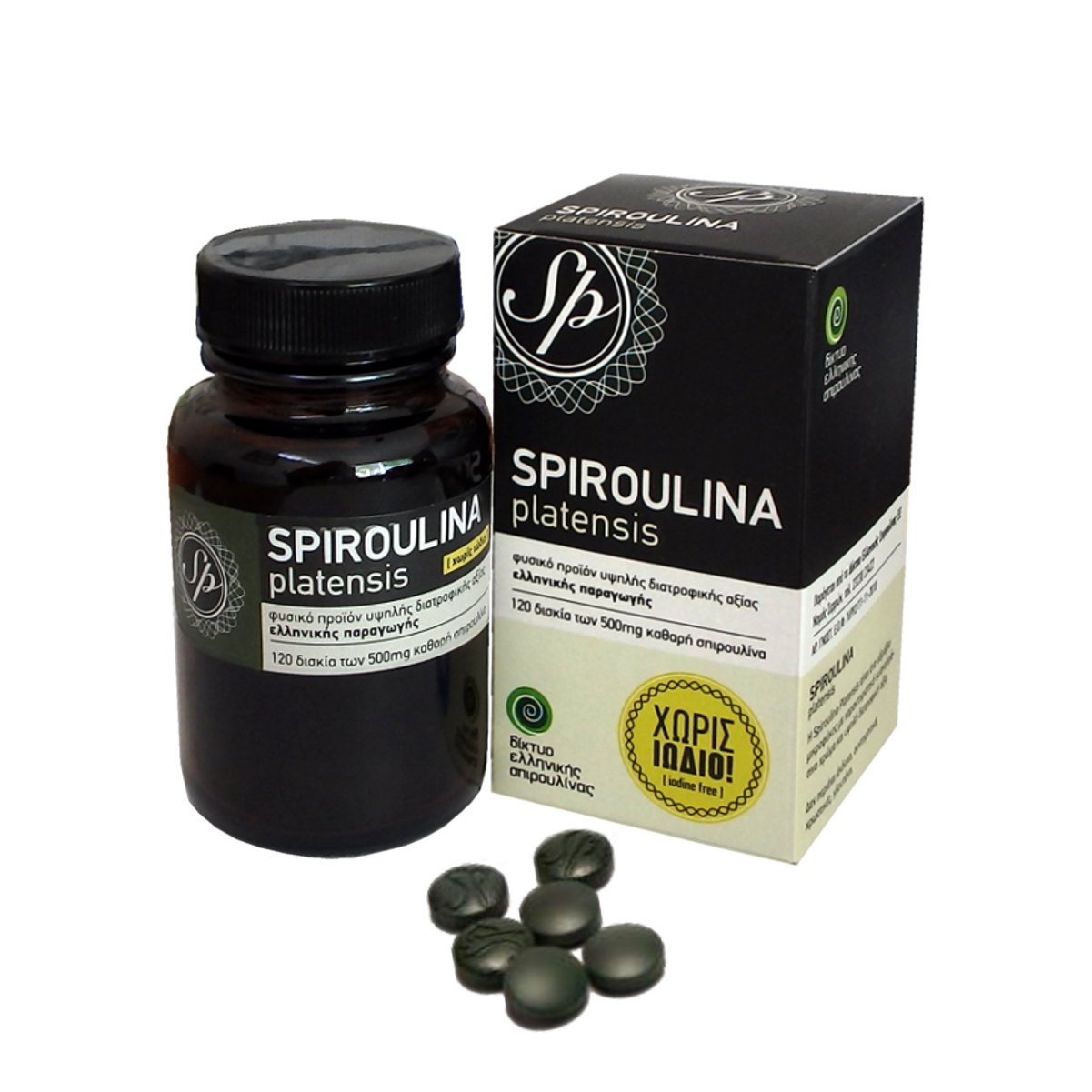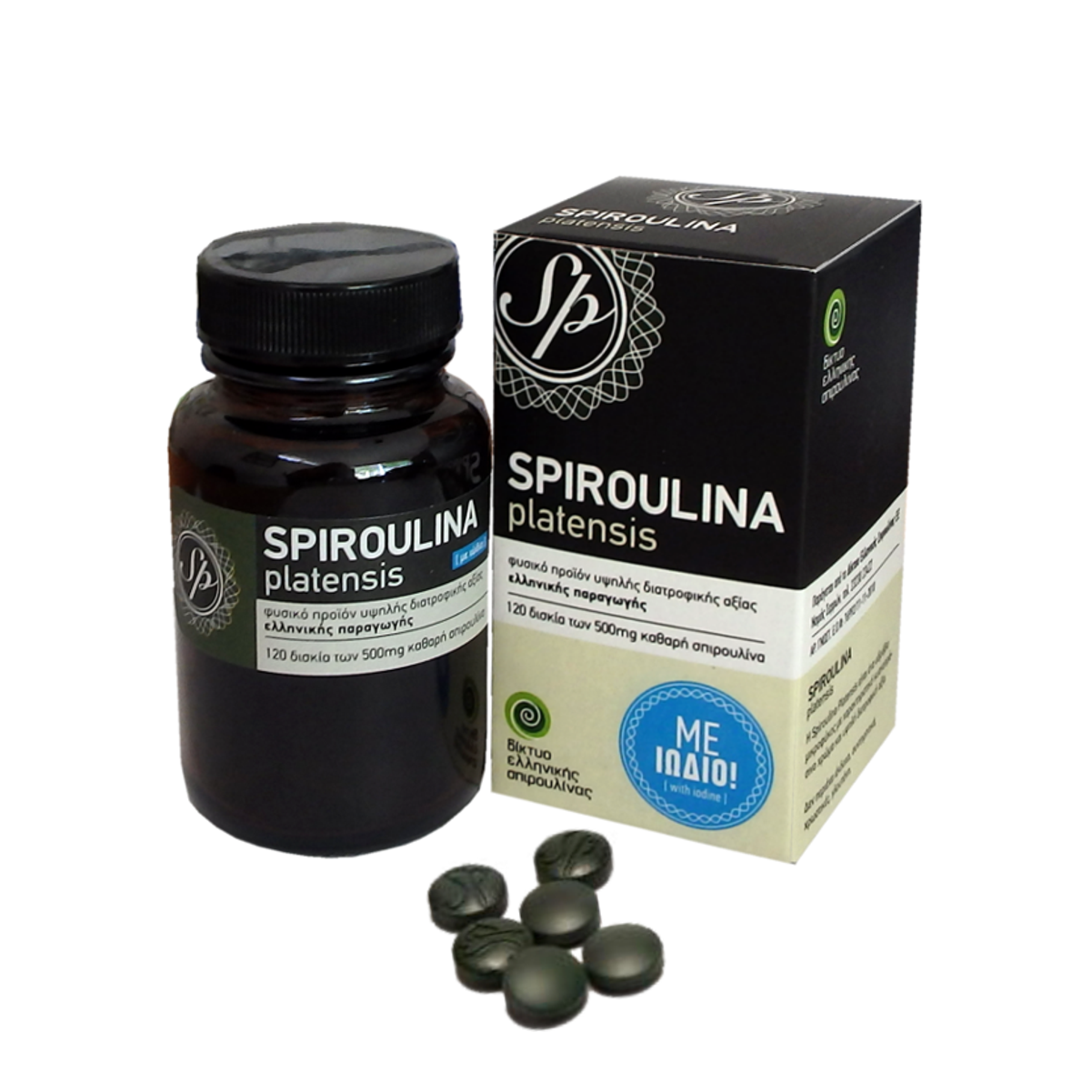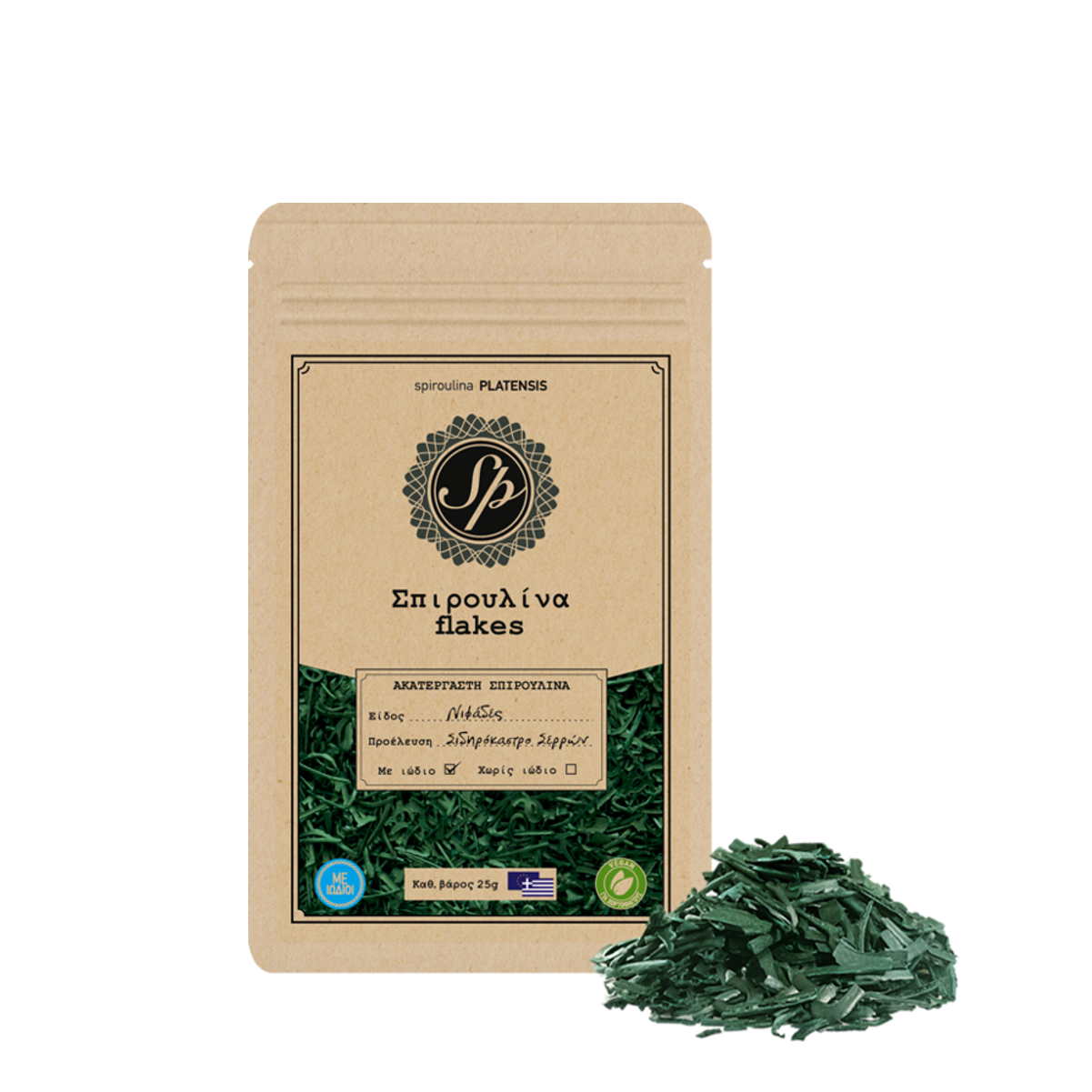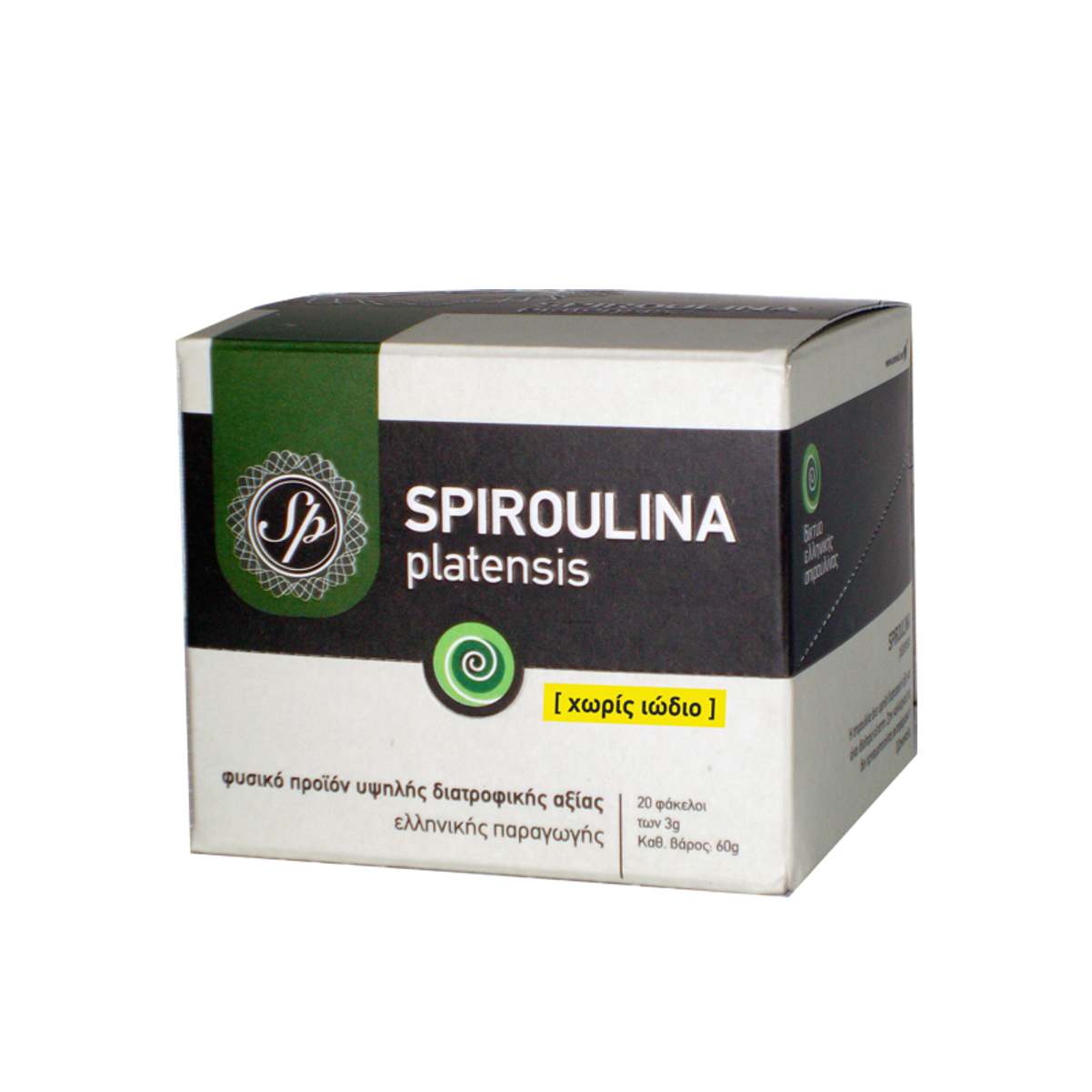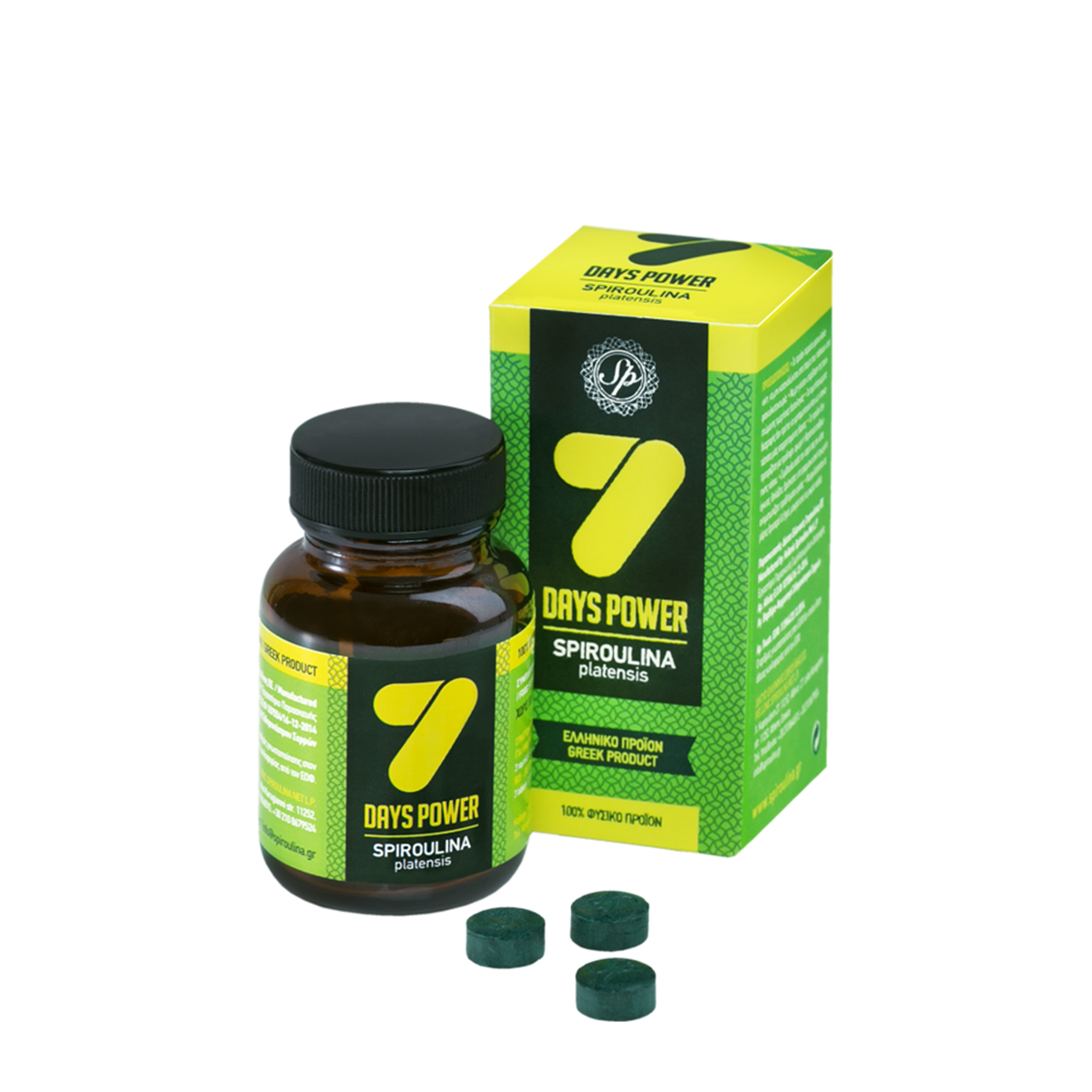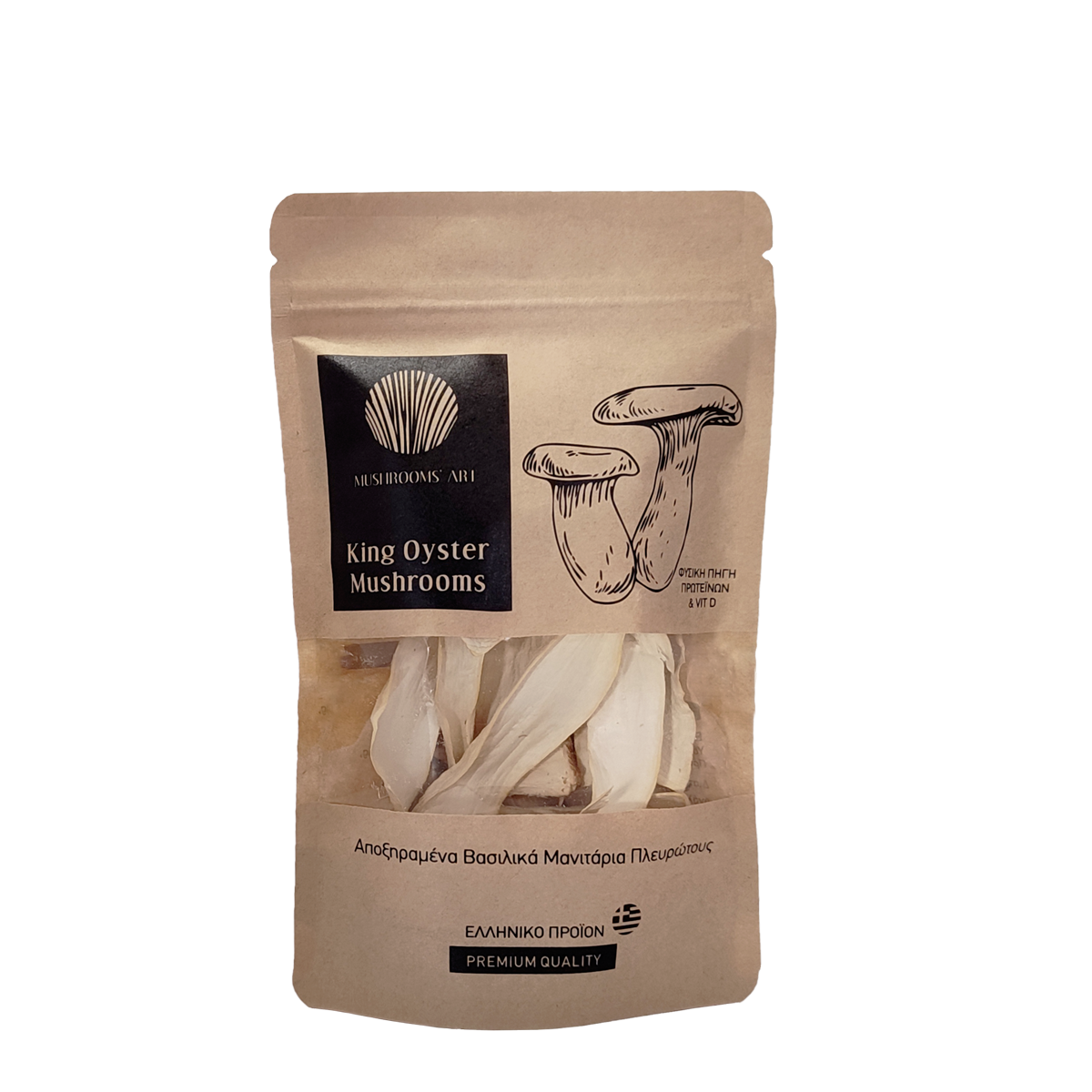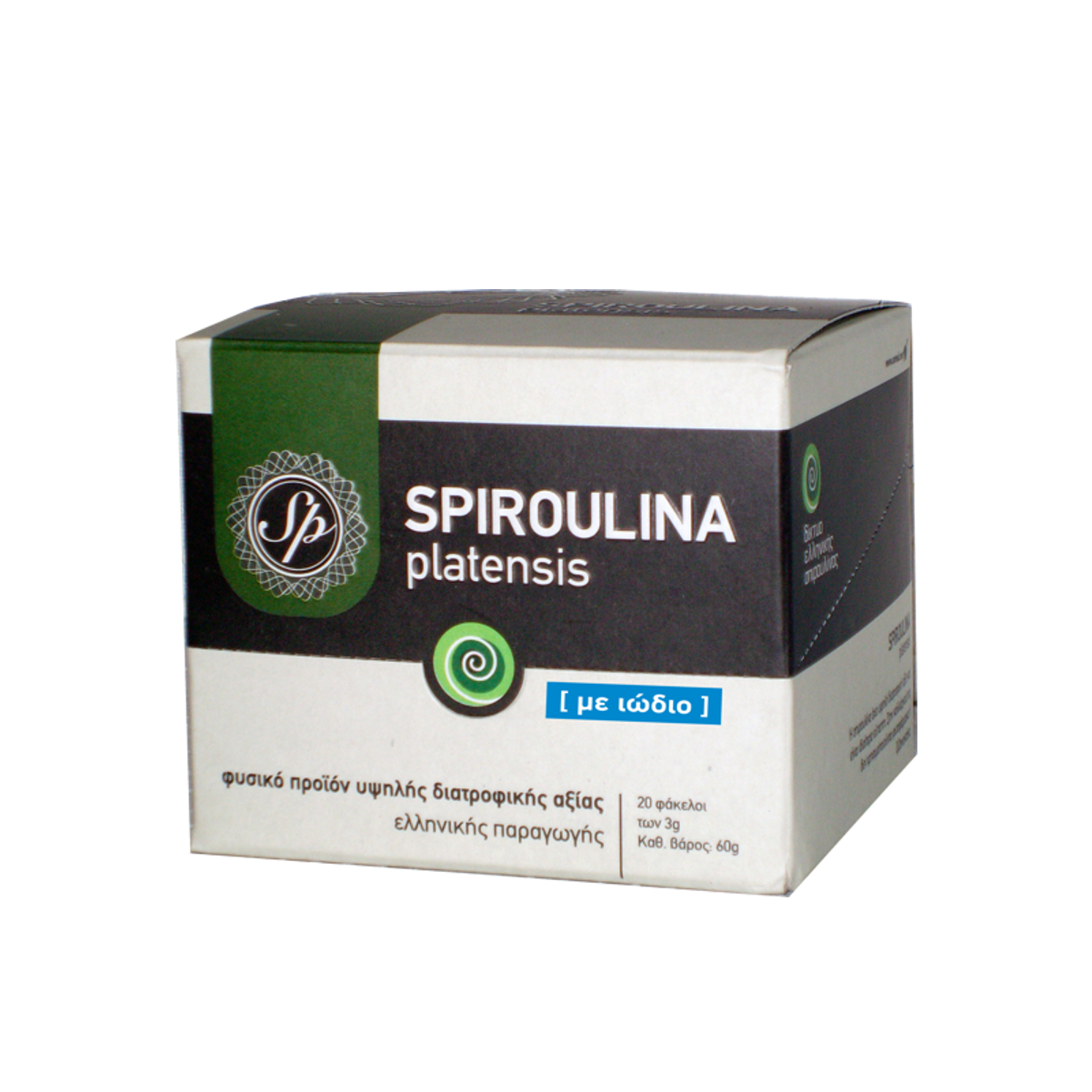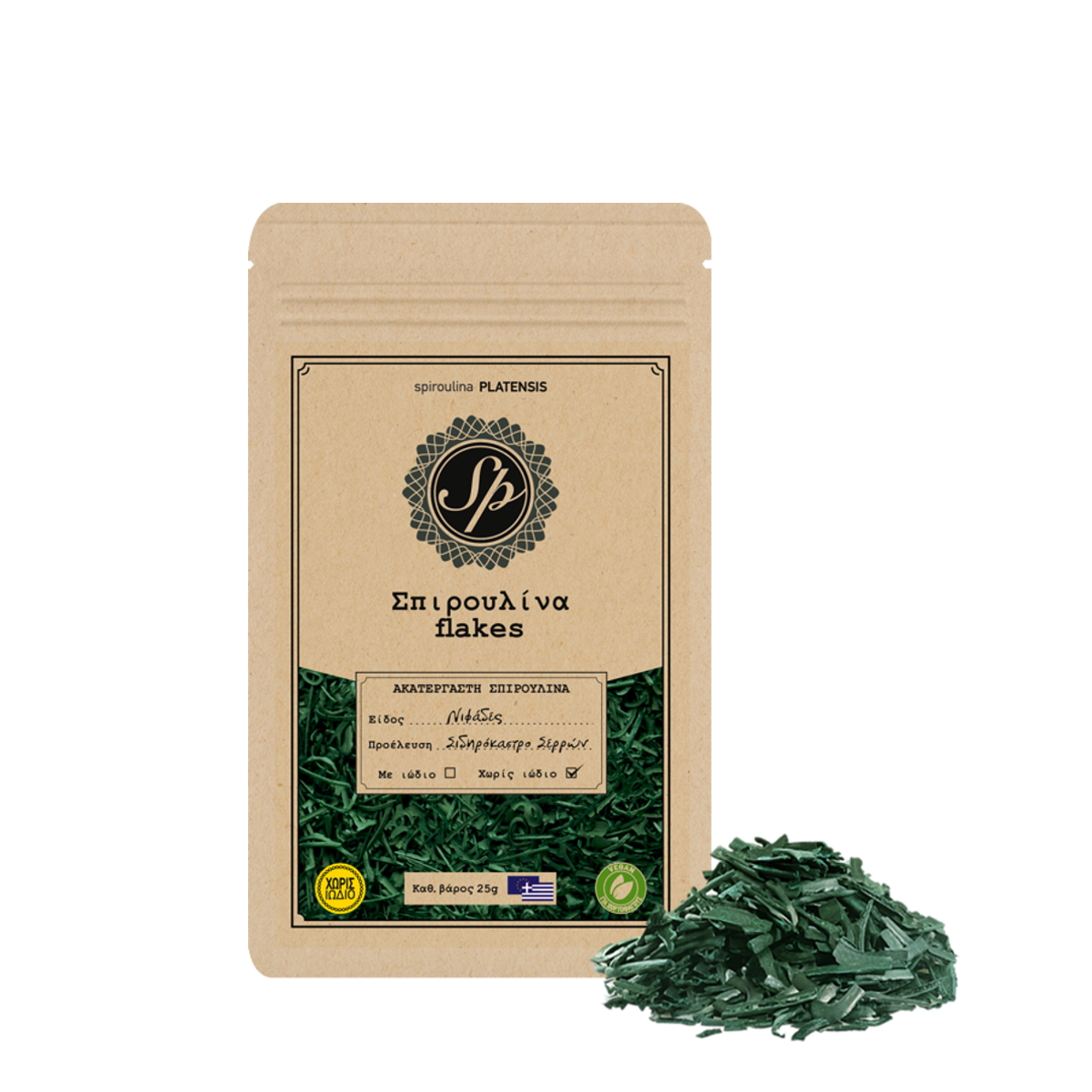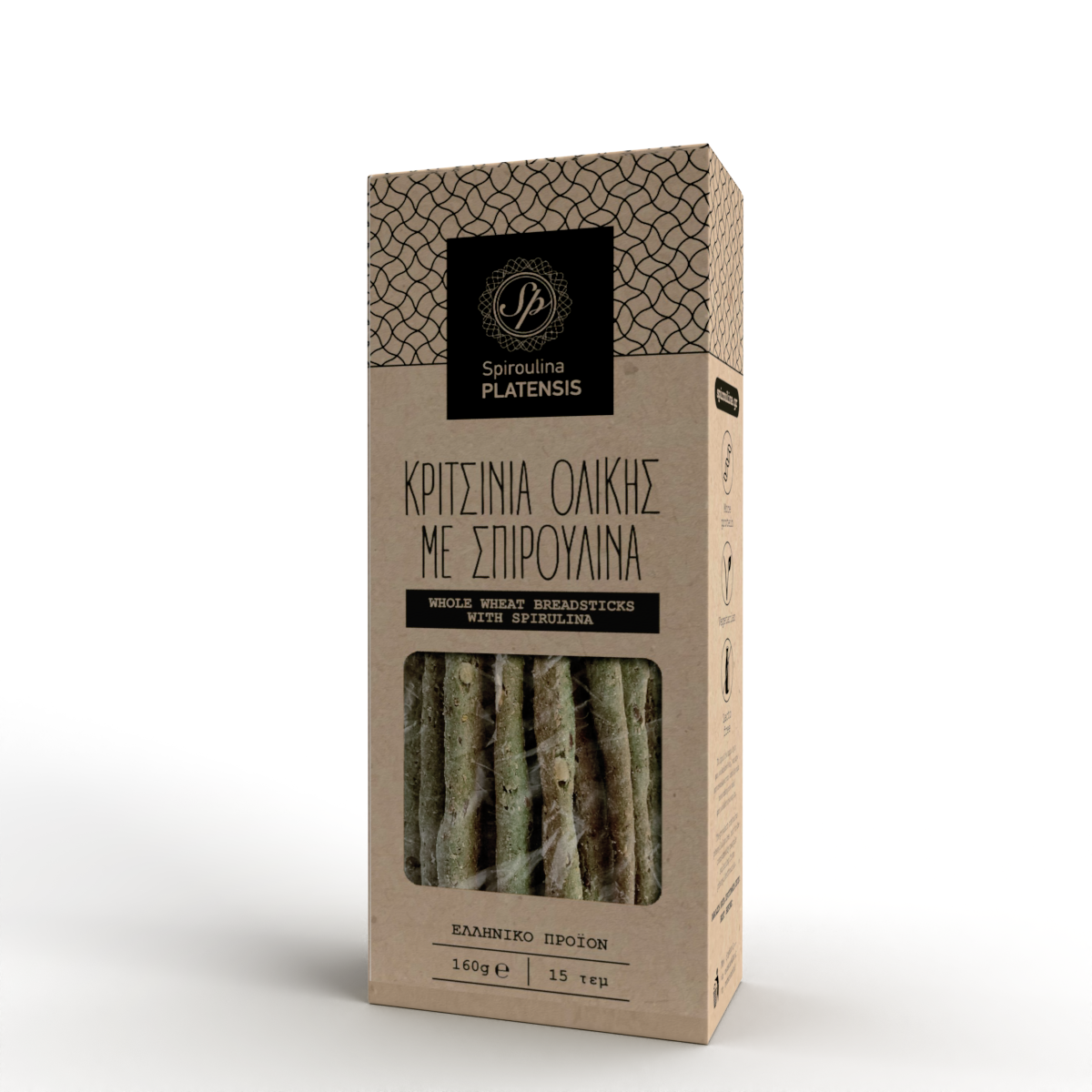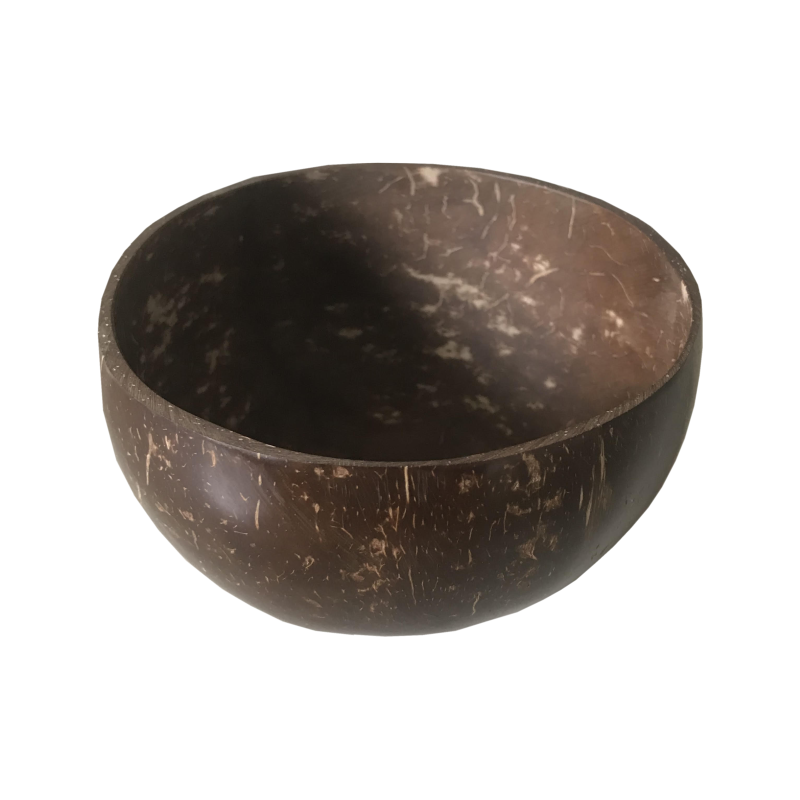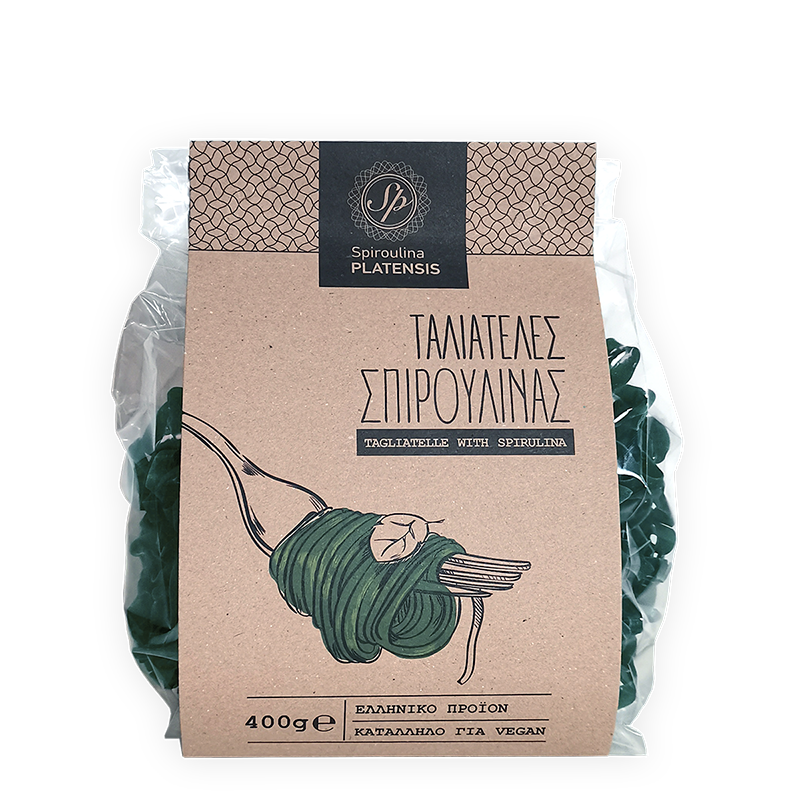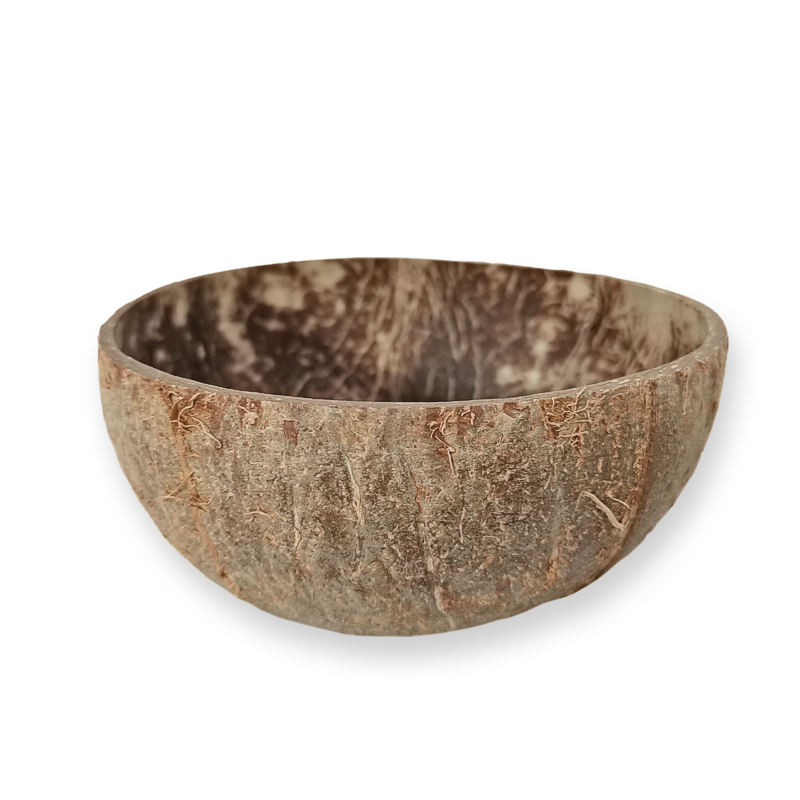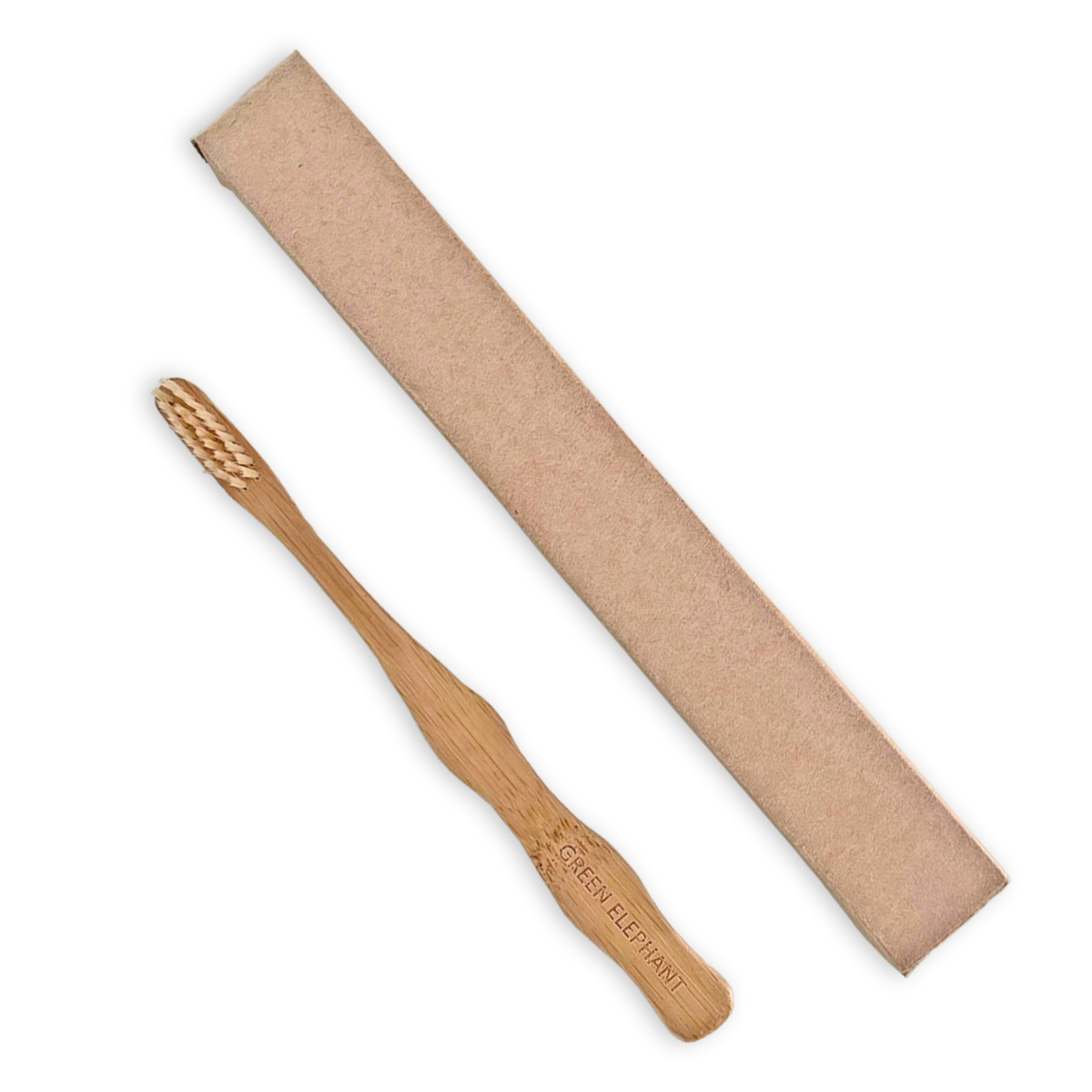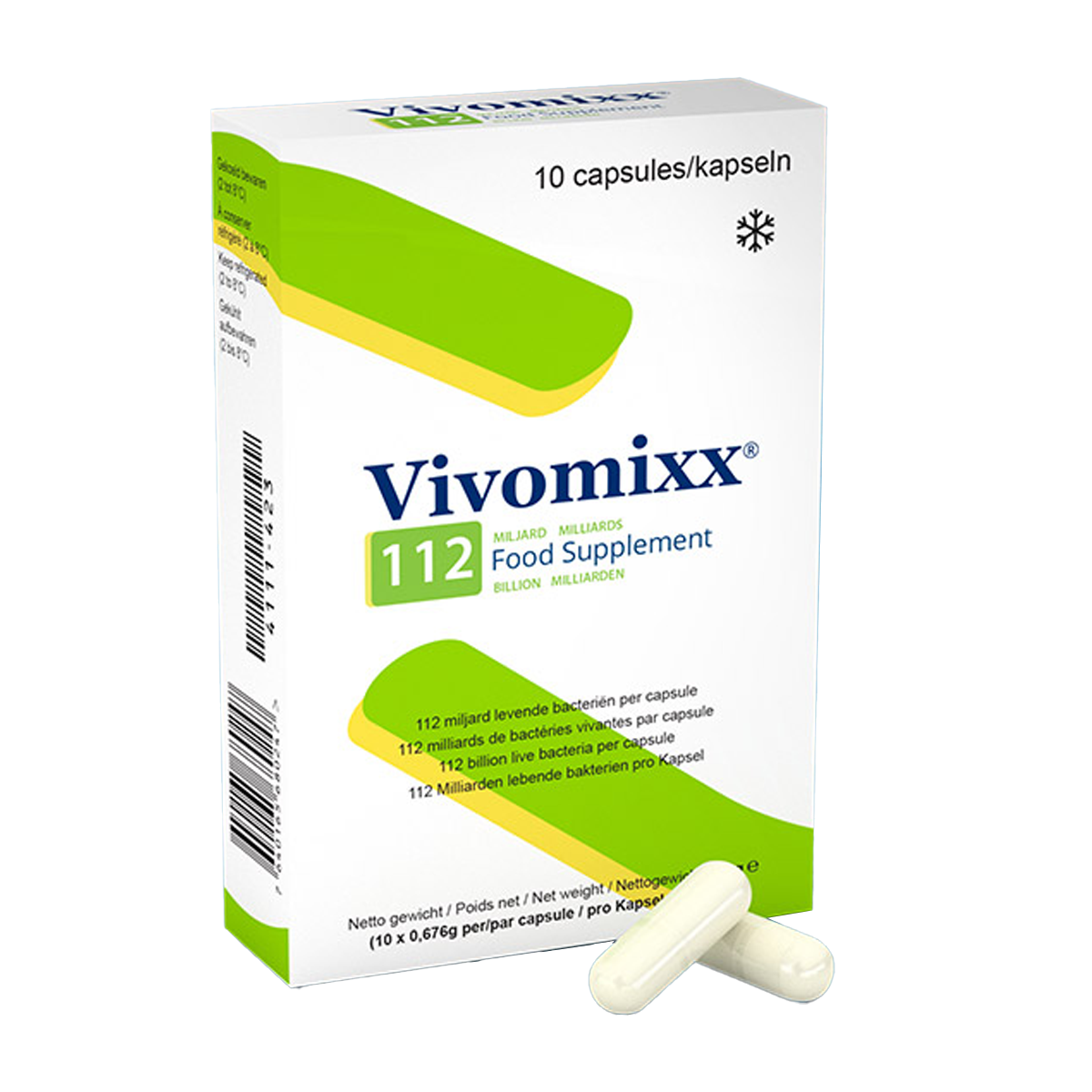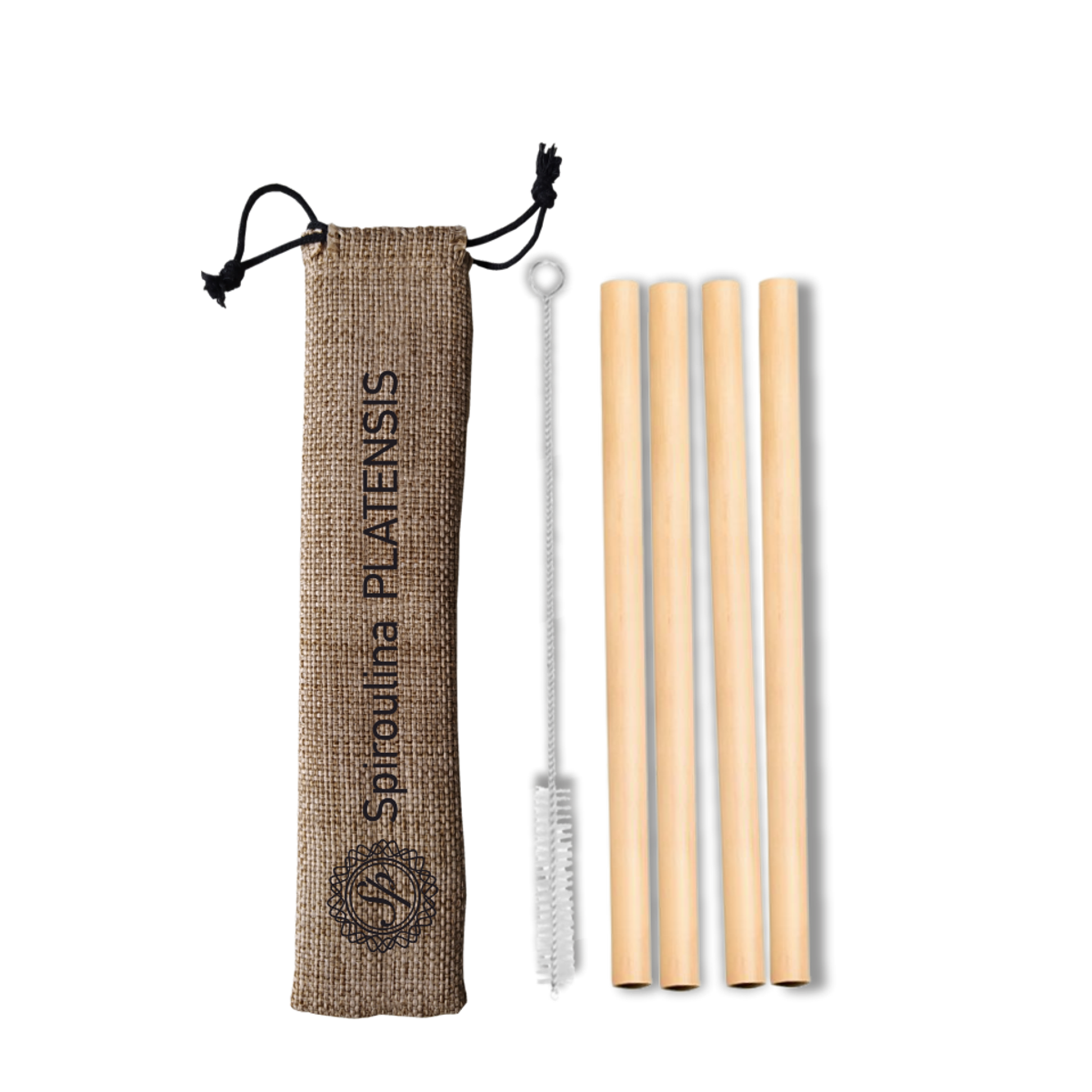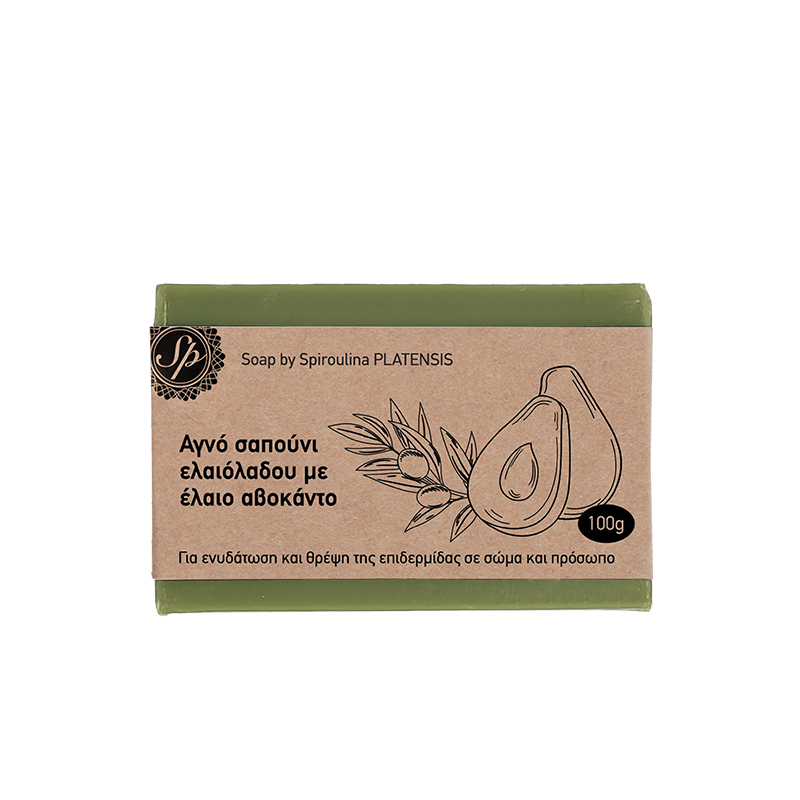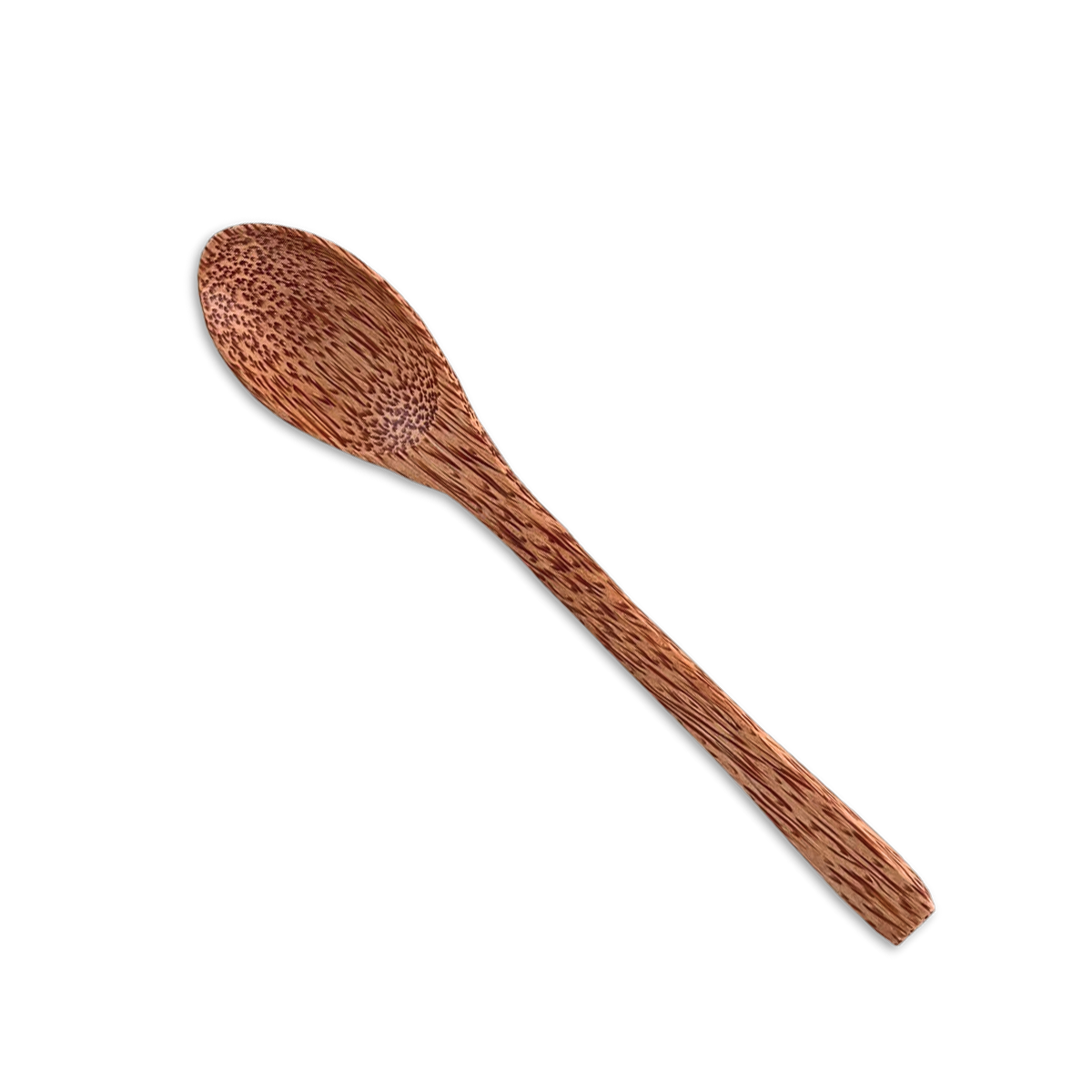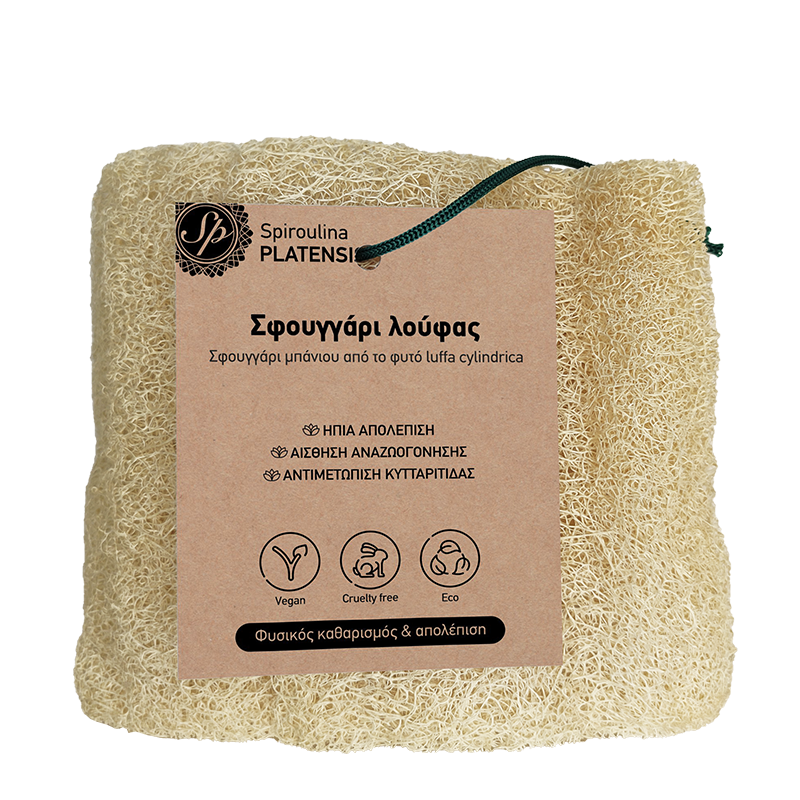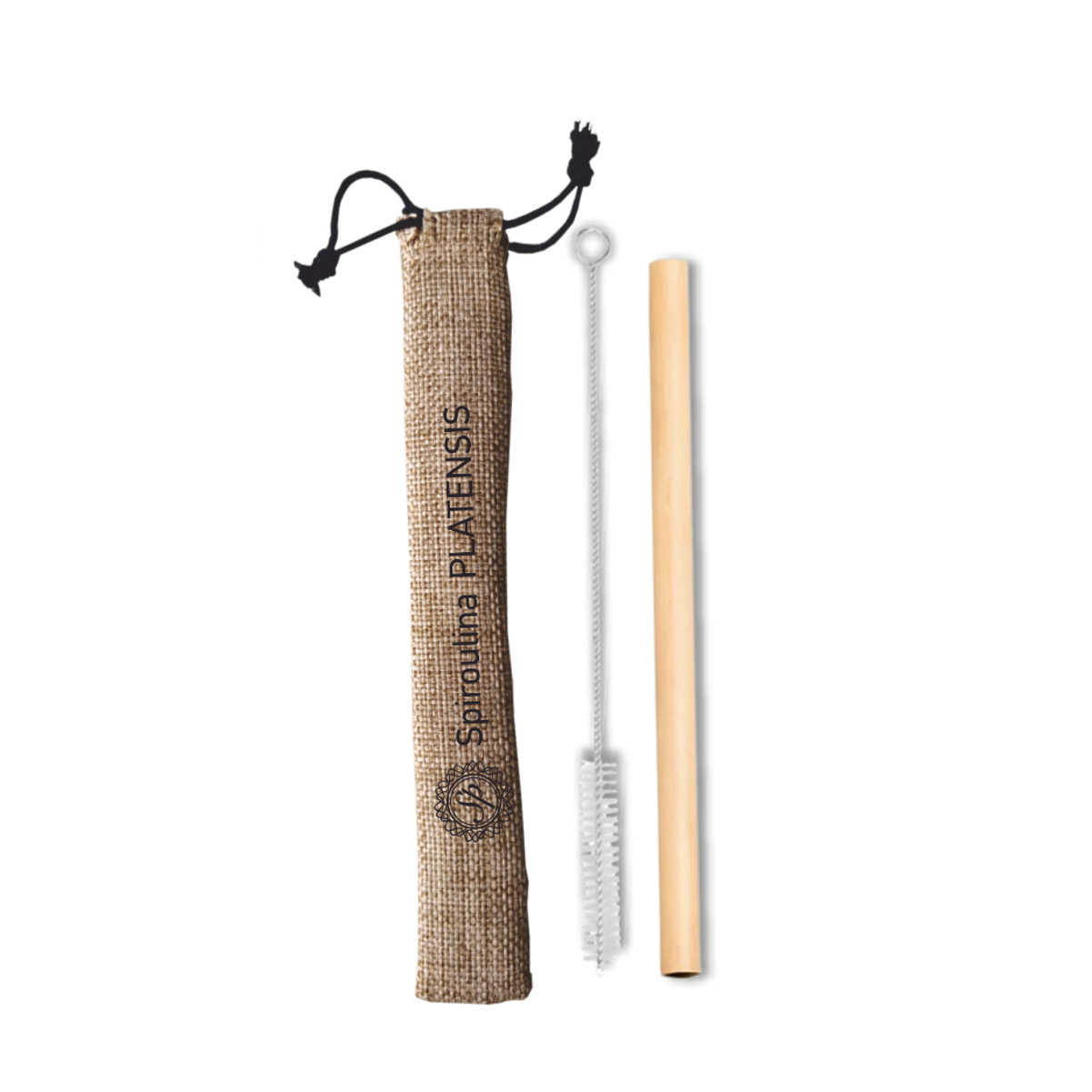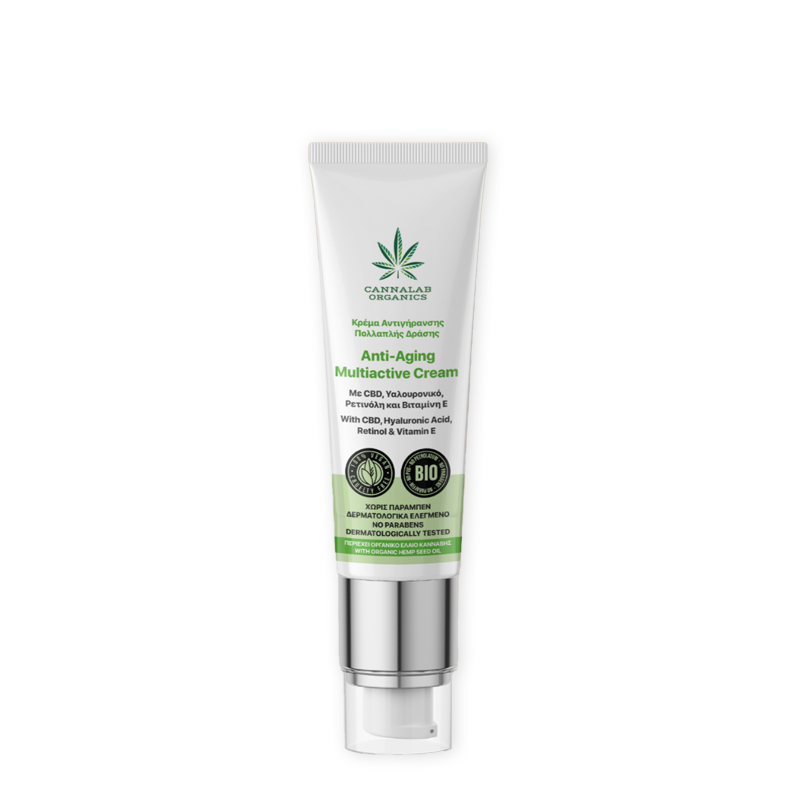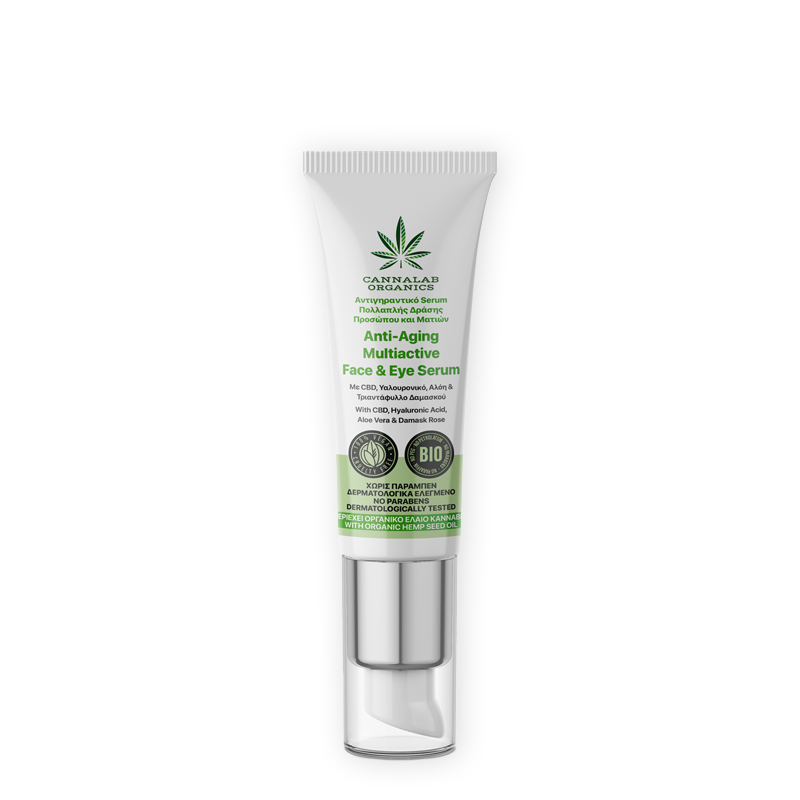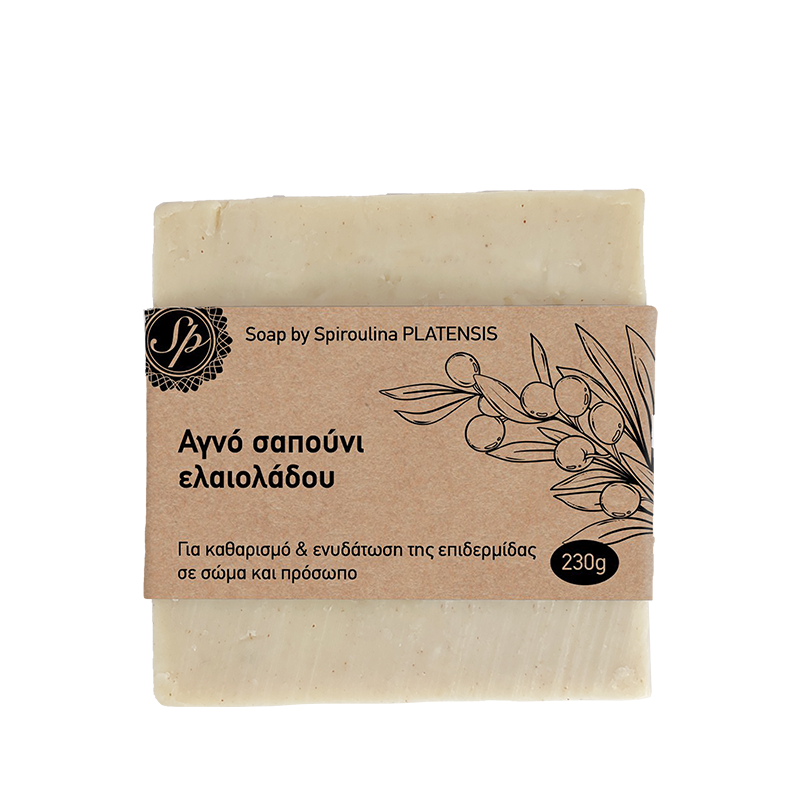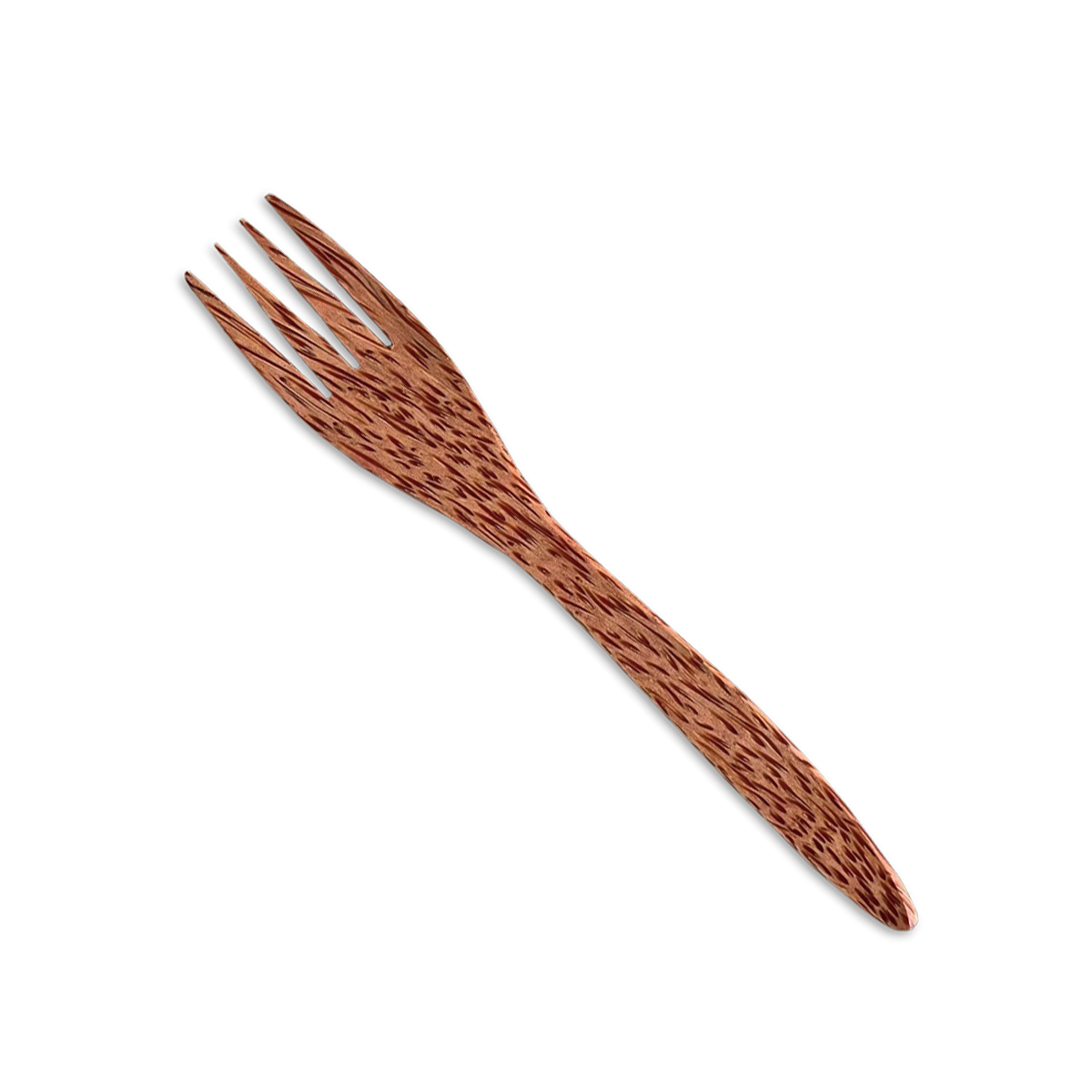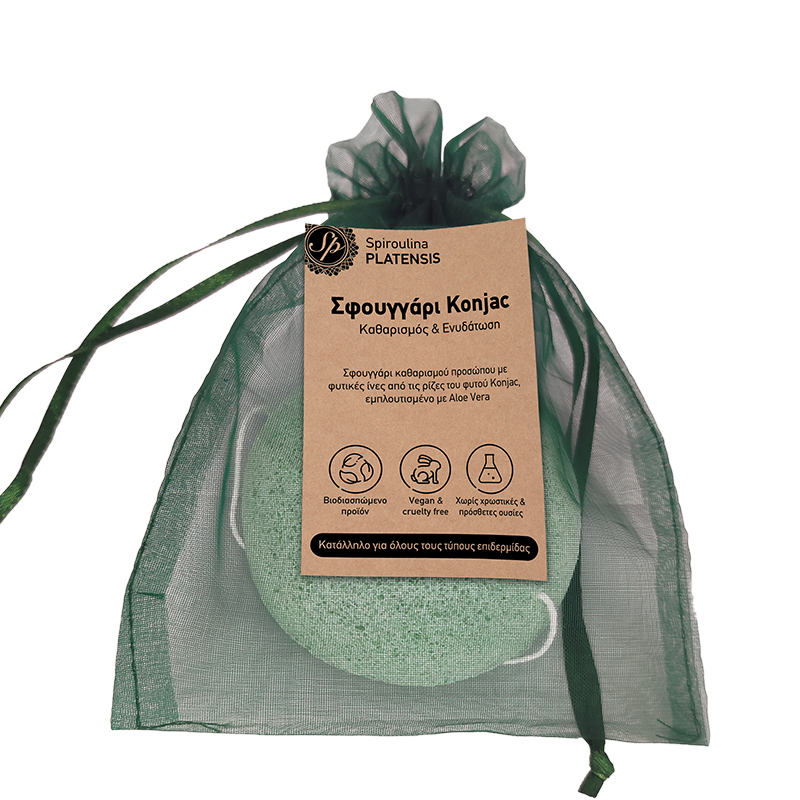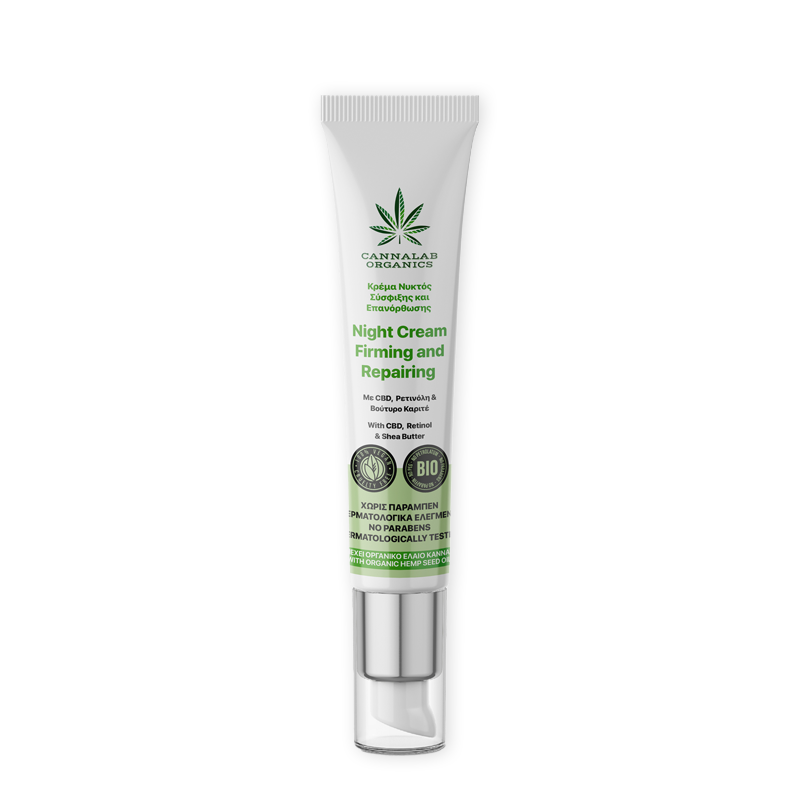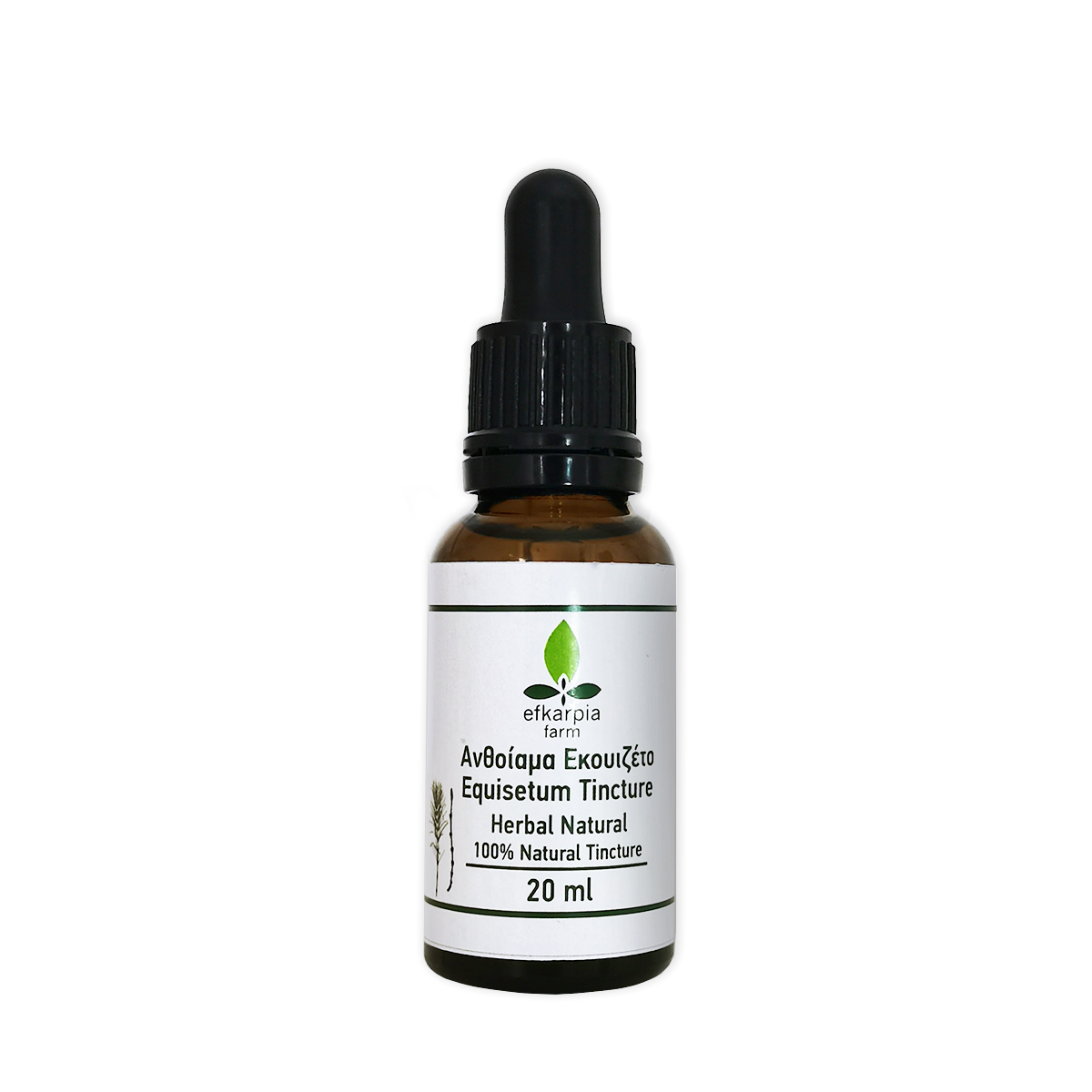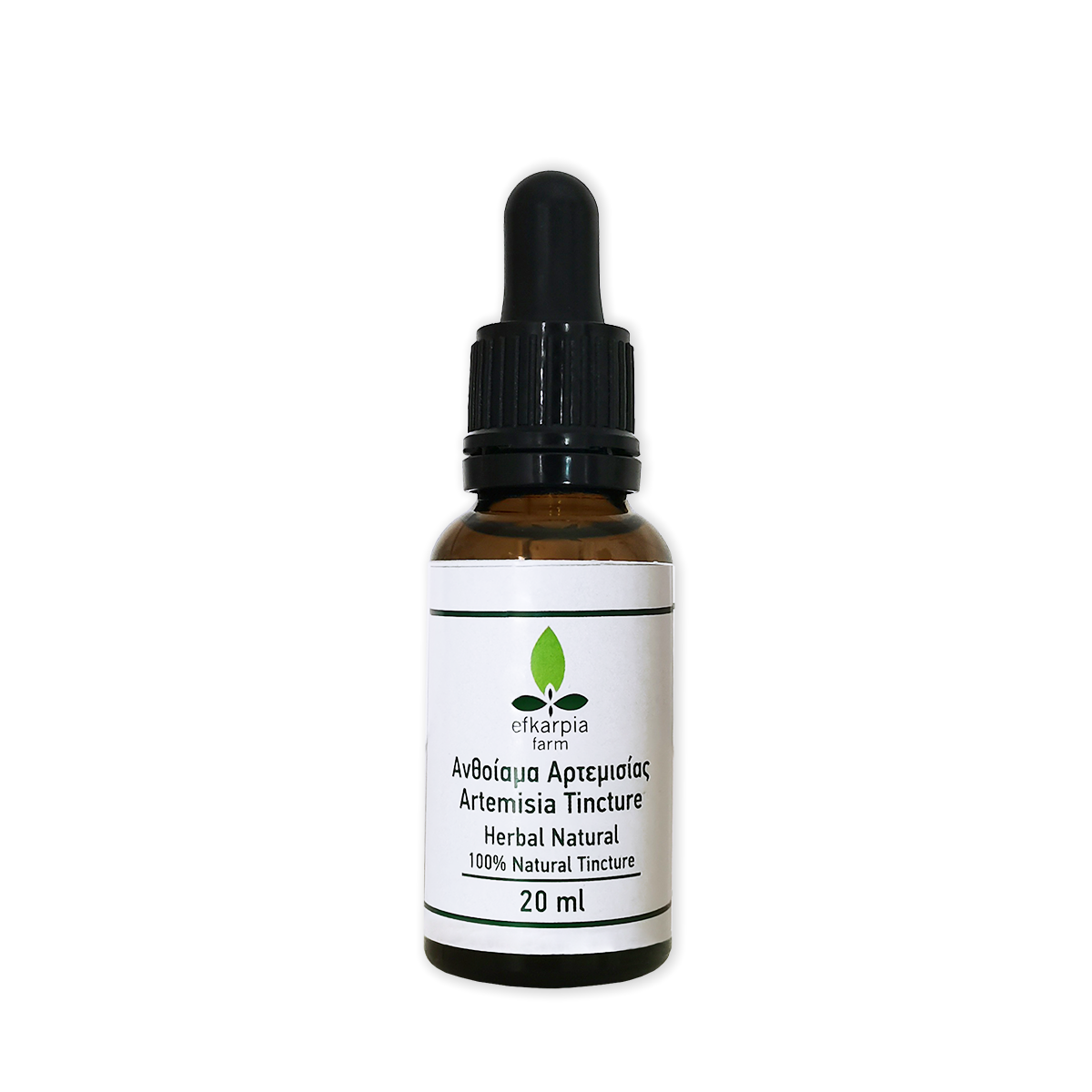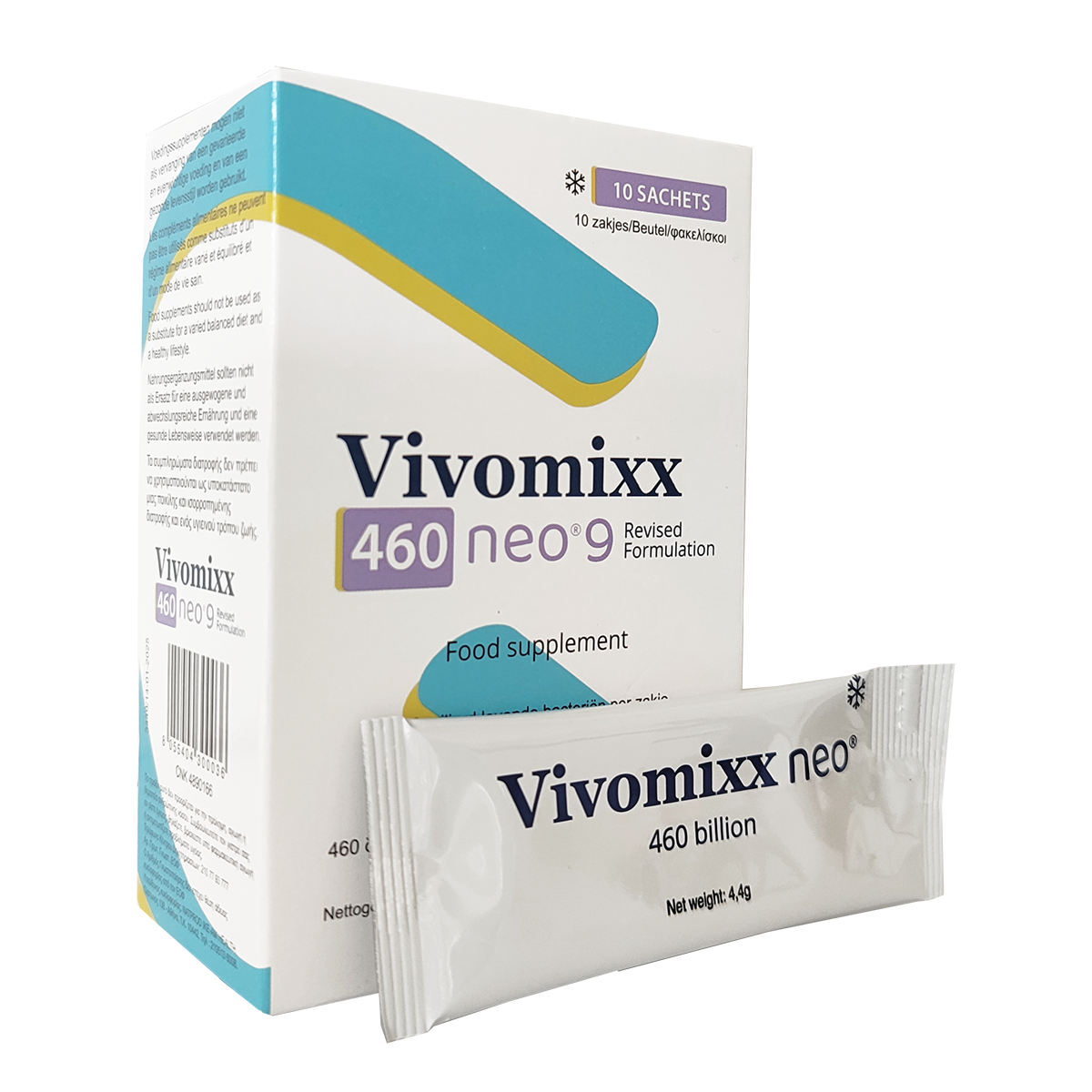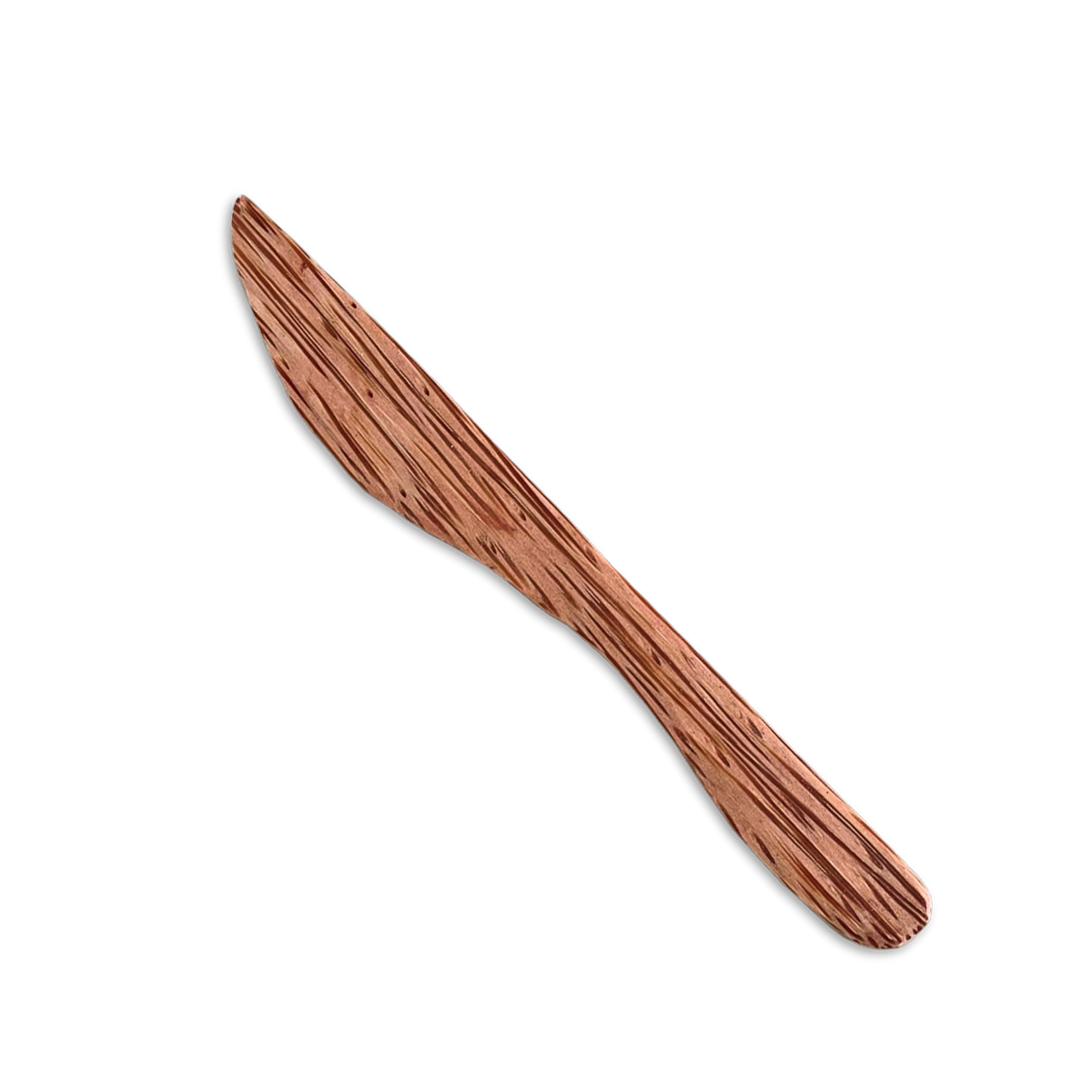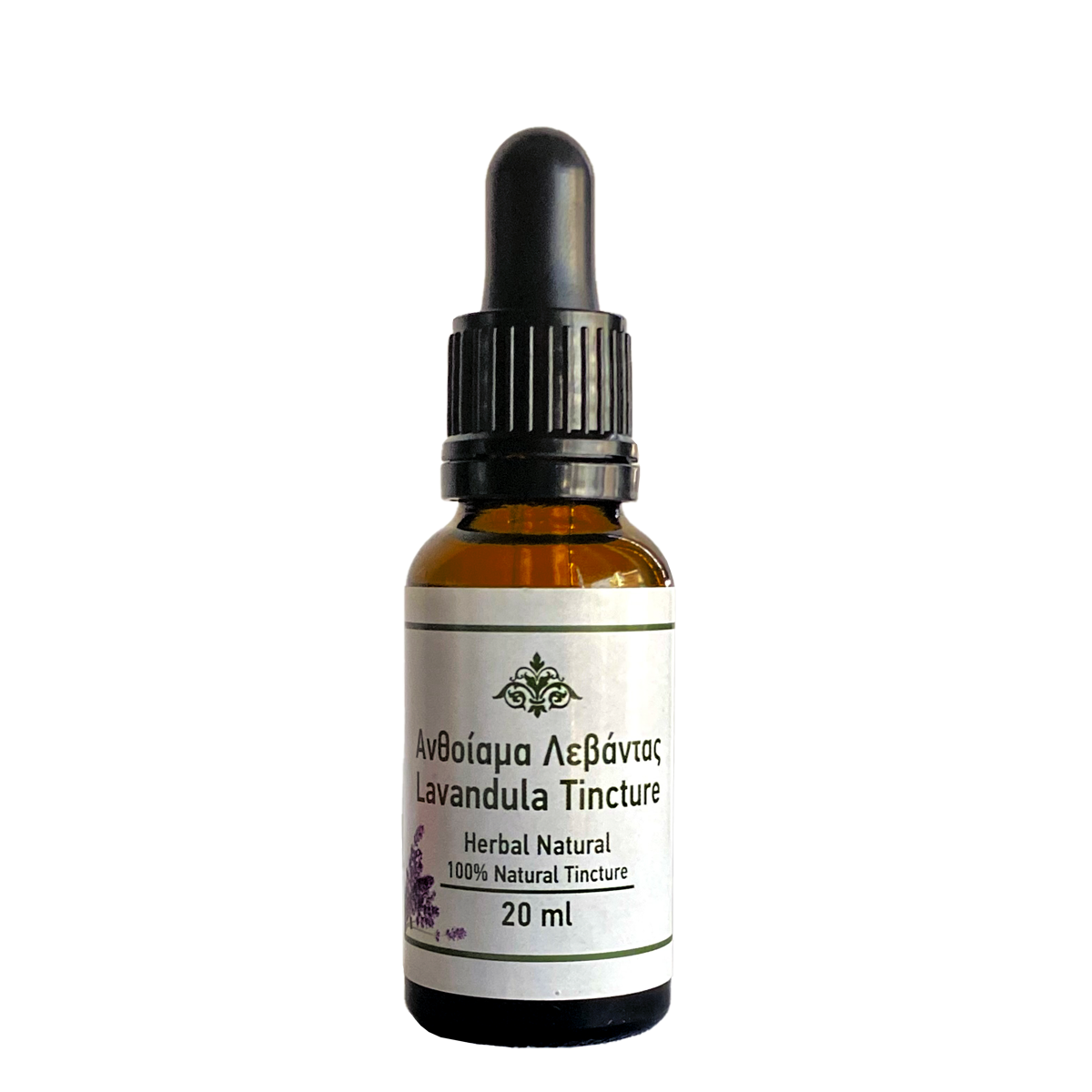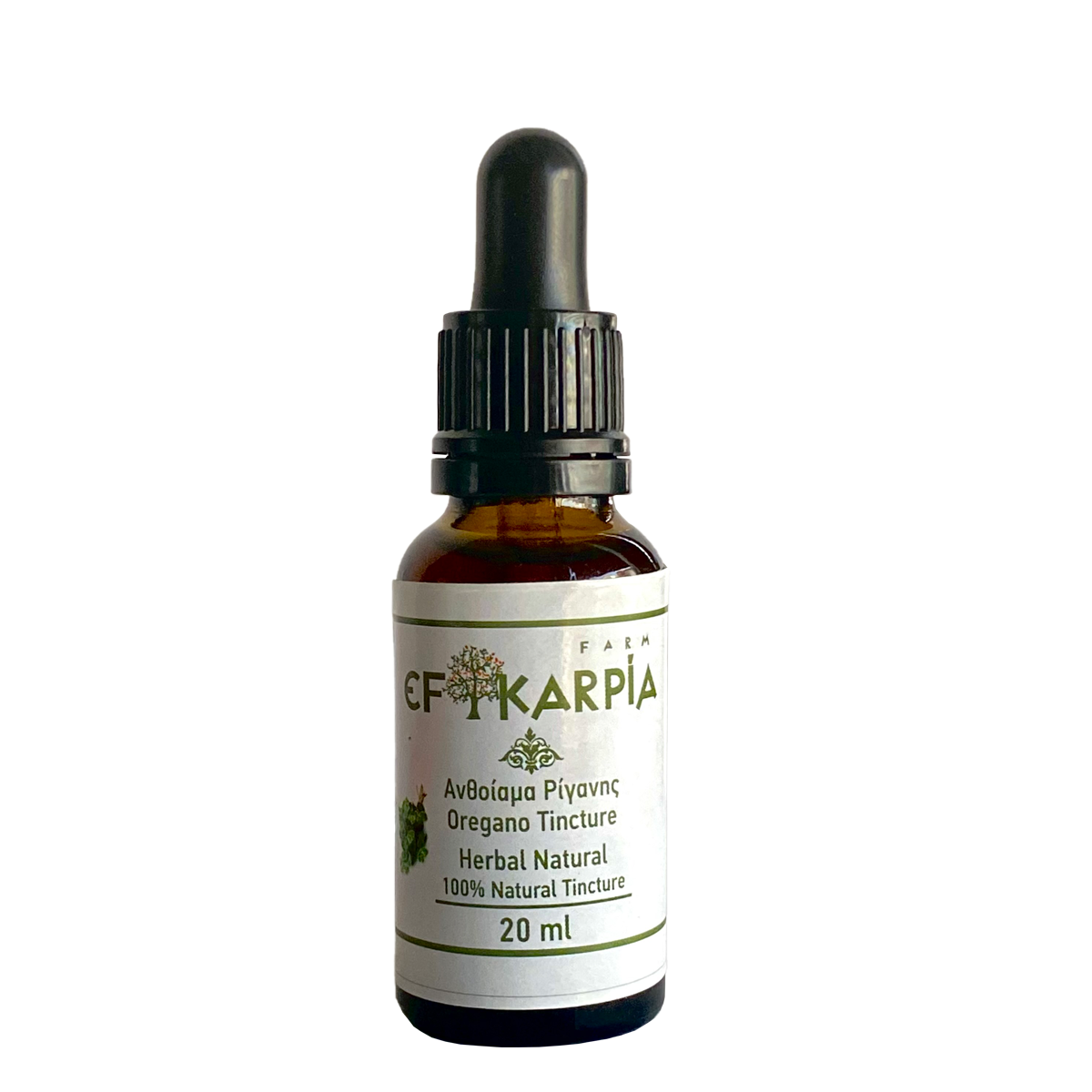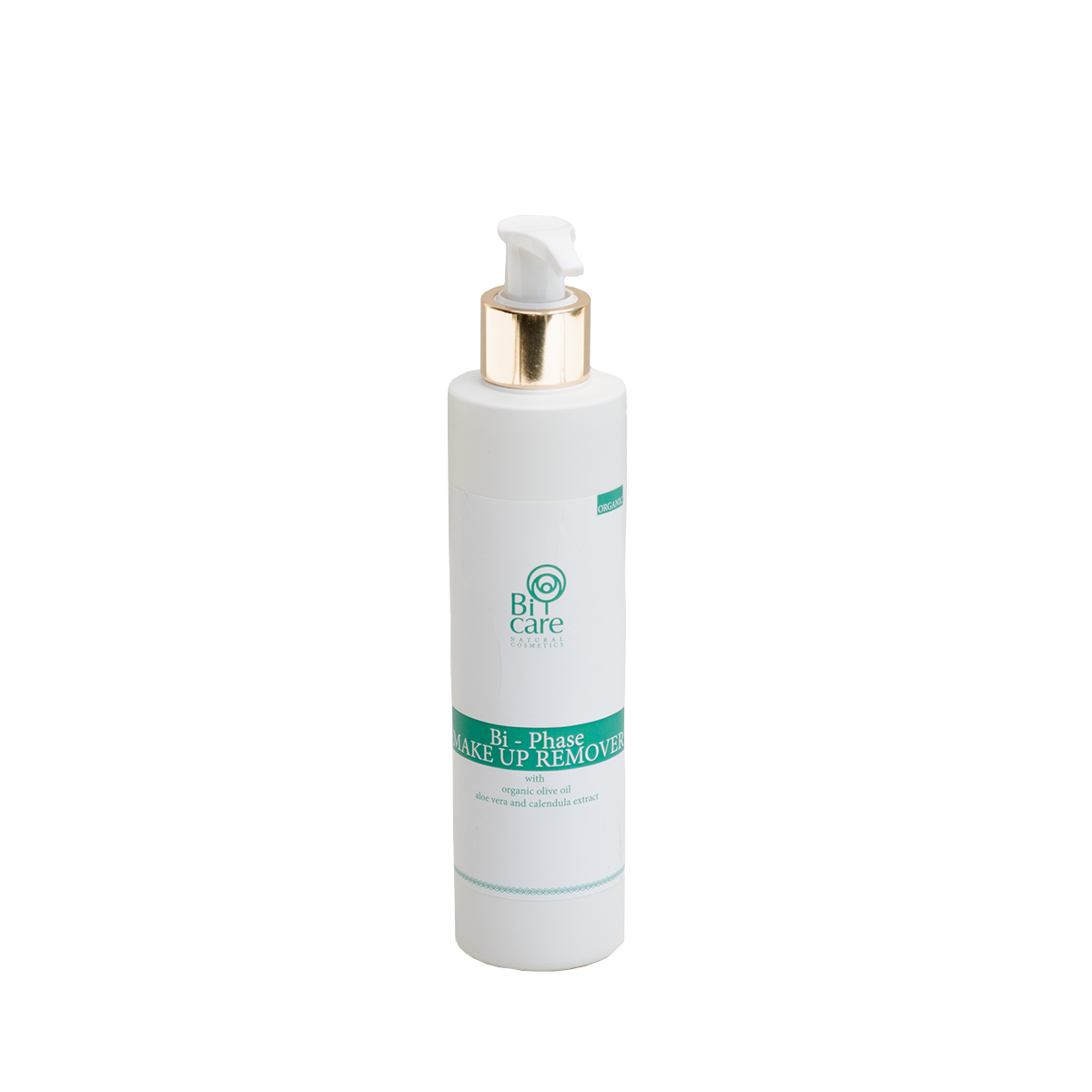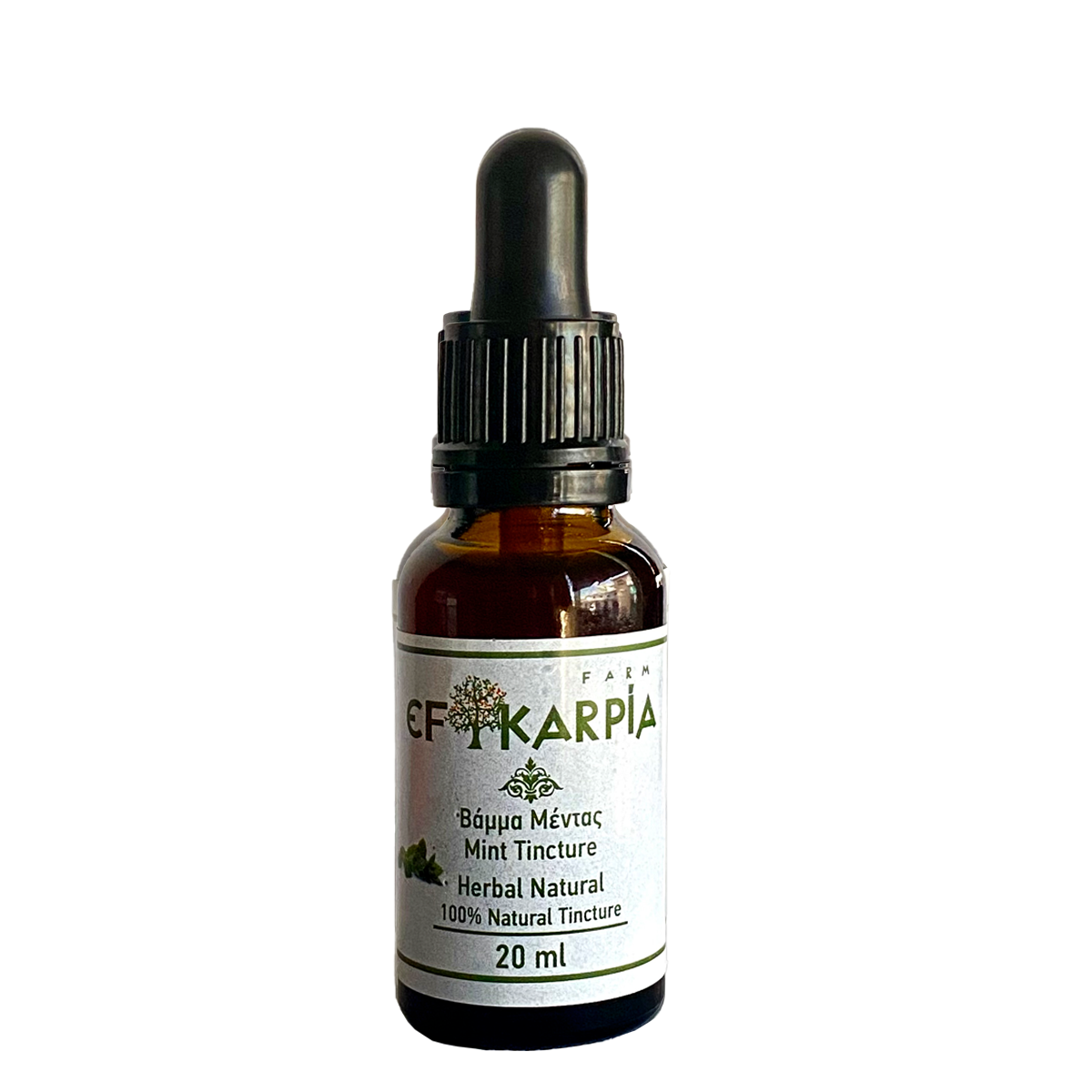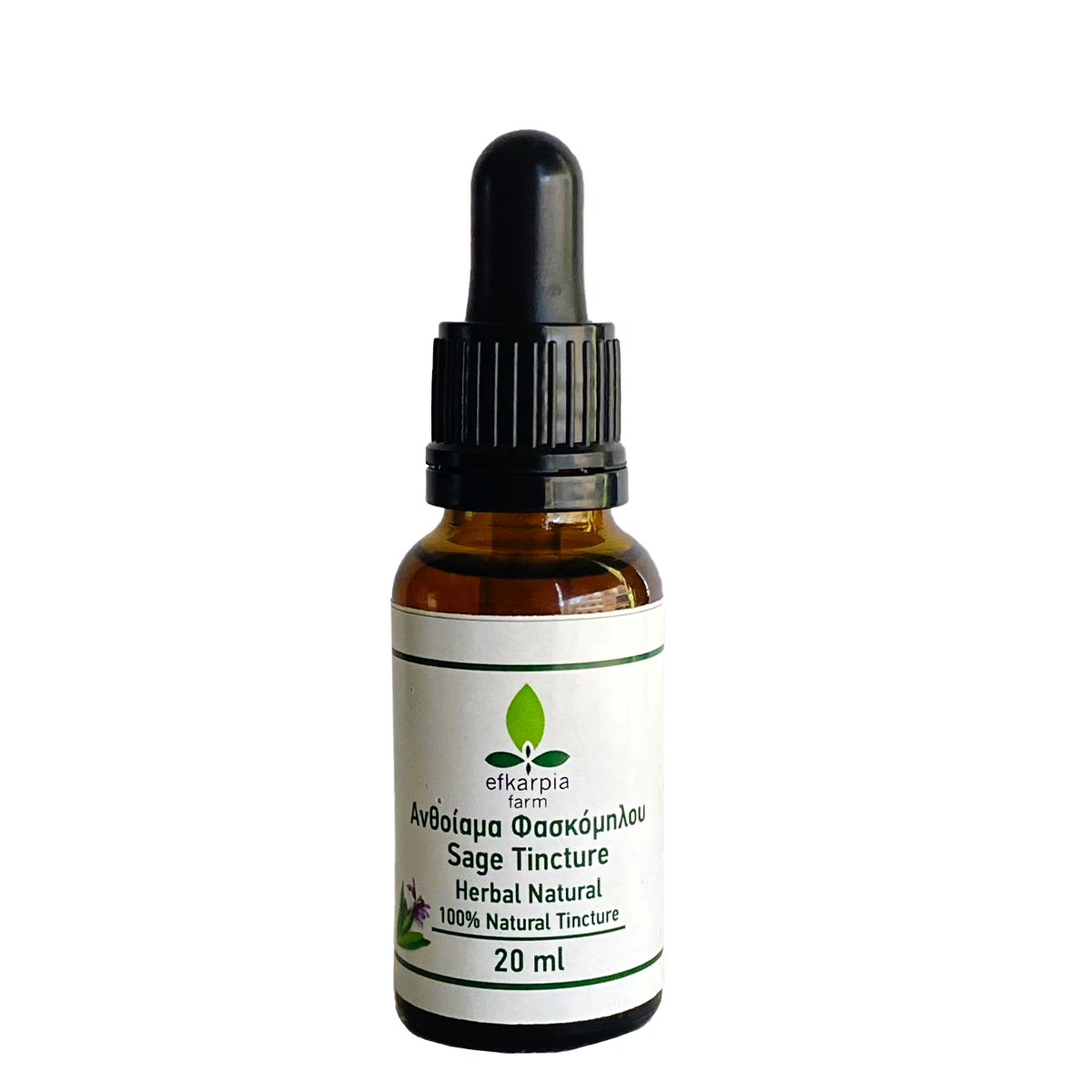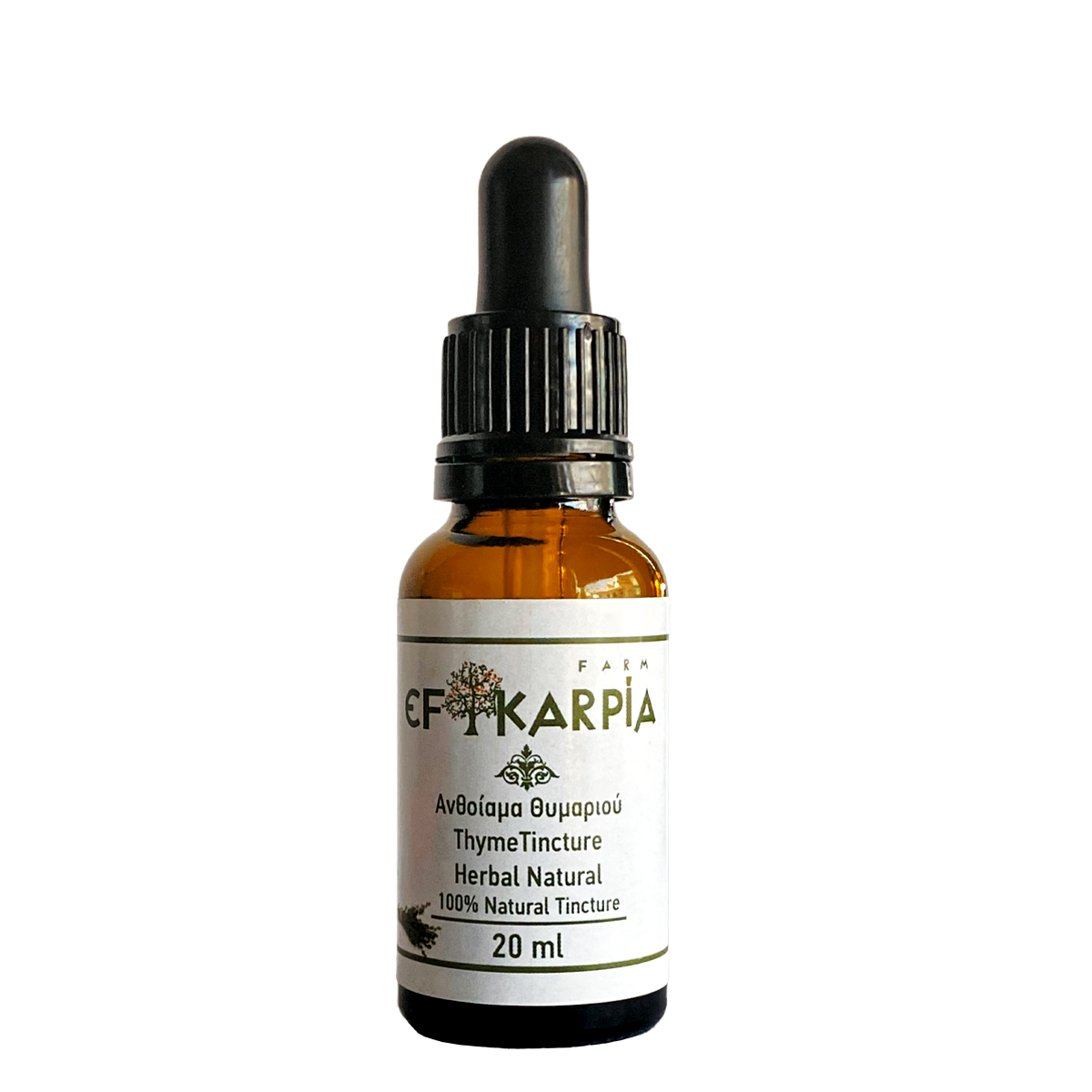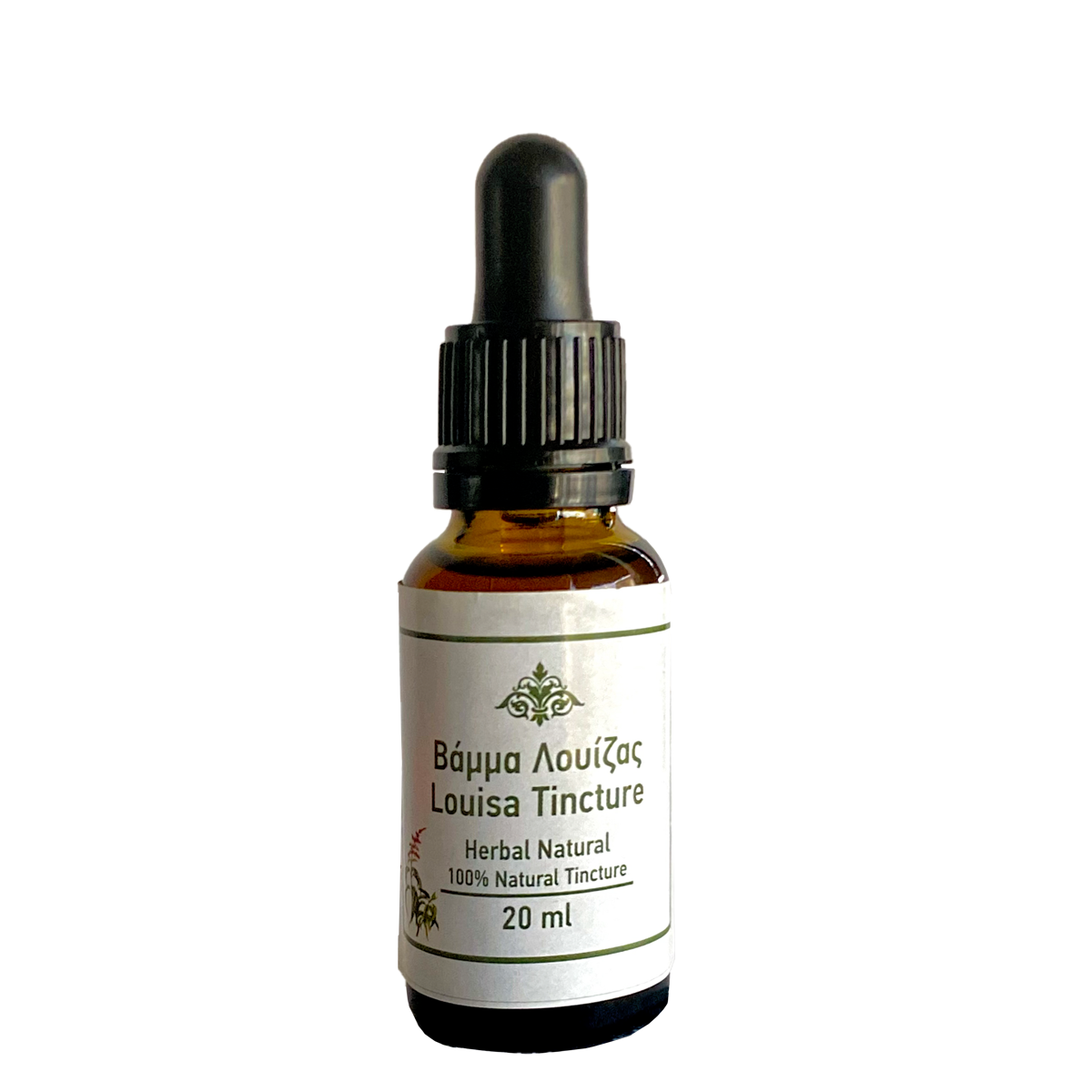Lately, the emergence of acute hepatitis cases has worried the medical community. Scientists have focused on both the mode of transmission and the symptoms. On the occasion of this event, we quote research data that relate Spiroulina PLATENSIS consumption with the treatment of liver damage.
The hepatoprotective action of Spiroulina PLATENSIS
A clinical study carried out by the Pathology Clinic of the Naval Hospital of Crete and the University Hospitals of Heraklion and Patras using Spiroulina PLATENSIS products proves that the systematic intake of Spiroulina PLATENSIS reduces transaminases in the liver and generally contributes to its protection from free radicals. View the clinical study here.
Spirulina has a high amount of phycocyanin (PC), a blue pigment, which has the ability to eliminate free radicals 52
Additional scientific data
The liver is one of the most important organs of the human body as it is involved in metabolism, digestion, detoxification, and removal of toxic compounds/substances as well as drug metabolism.
The study of Osama M. Basha, Sahar G. Zaghloul, Refat A. Sadeq, Raghda A. Hafez, Mohammad A.A. El-Mohsen, Yassin M. El-Ayoty (April 2009) proved that the levels of interferon-γ (IFN-γ) produced, which is used in the treatment of patients with chronic hepatitis C, are increased by the administration of C-phycocyanin and phytohaemagglutinin. In this study, two groups were examined, one of hepatitis C patients & one of healthy individuals. The results showed that with the administration of 5μl and 10μl of C-phycocyanin and phytohaemagglutinin, the levels of IFN-γ increased in both groups, but mainly in the group of patients with chronic hepatitis C.53
* interferon-γ (IFN-γ): a cytokine with antiviral activity produced by our body when it is attacked by viruses or pathogenic microorganisms, etc.
In another pilot comparative study, the effect of spirulina versus silymarin was studied in the treatment of 66 people with chronic hepatitis C. There were two groups of subjects who were administered daily for 6 months, 1500mg of spirulina extract in dry powder form and 420mg of silymarin respectively. Of the 30 patients who were given spirulina and completed the 6-month protocol, spirulina was shown to have a significantly greater effect on most of the parameters studied. More specifically, it contributed to the greatest reduction in serum alanine aminotransferase (ALT) [liver enzyme]. In the context of the specific research, the improvement of the quality of life and sexual function was studied and found. 54
In a study done on a group of children with thalassemia and chronic hepatitis C, to evaluate the effect of spirulina on blood chemistry and hepatitis C virus, it appeared that there were improvements in tests of liver function, kidney function, and quantitative Real-time PCR for hepatitis C virus after 6 months of spirulina intake. More specifically, the levels of the liver enzymes, alanine aminotransferase (ALT) & aspartate aminotransferase (AST), decreased significantly after 6 months of treatment. As an additional indicator of liver function, serum albumin was used, which increased significantly, while serum total bilirubin decreased until the end of treatment. 55
A study supports that spirulina intake affects the activities of antioxidant enzymes and reduces oxidative stress. More specifically, the liver failure induced by the infusion of d-galactosamine & lipopolysaccharide (GalN/LPS) has been considered as an inflammatory response, including the accumulation of mononuclear cells in the liver and an increase in the activities of the liver enzymes, alanine aminotransferase (ALT) & plasma aspartate aminotransferase (AST). This phenomenon is observed in patients with acute liver failure.GalN/LPS-induced liver injury is also known to induce cytokine* release (TNF-α is the main mediator) that contributes to increased oxidative stress and reactive oxygen species formation, followed by hepatocyte death. Additionally, Spirulina Platensis and its component phycocyanin have been reported to moderate d-galactosamine-induced liver damage in rodents. Regarding the parameters related to liver damage, the results suggest that the liver of rats in the Spirulina Platensis treated groups was not as damaged as the liver of rats in the control group, indicating that the administration of Germanium-fortified & non-Germanium-fortified Spirulina Platensis protects against liver injury induced by GalN/LPS infusion. 56
*cytokine: microprotein important in cell signaling
In addition to the viral cause, liver damage can also be caused by radiation exposure. Therefore, the effect of the use of phycocyanin (PC) on the prevention of this type of liver damage was studied. Phycocyanin (PC) treatment significantly reduced plasma liver enzyme levels. The histological evaluation further confirmed the protection of phycocyanin (PC) against radiation-induced hepatotoxicity. Phycocyanin (PC) treatment also increased the relative mRNA expression of antioxidant enzymes and reduced oxygen free radicals in the liver. Phycocyanin (PC) could moderate oxidative stress damage & reduce radiation-induced DNA damage, protecting the liver. 57
Finally, research carried out in 2012 showed that Spirulina platensis in combination with vitamin C had spectacular results in limiting hepatotoxicity from cisplatin, a drug commonly used in the treatment of various forms of cancer. In particular, the results showed a restoration of normal levels of various liver and antioxidant enzymes, which had been increased or decreased respectively due to the use of cisplatin. 58
Therefore, according to all the above scientific data, it is understood that Spiroulina PLATENSIS helps protect the liver from various damages.
 FREE SHIPPING COSTS
FREE SHIPPING COSTS


